How Many Chromosomes do Autistic Humans Have?
Discover how many chromosomes do autistic humans have and explore the genetic factors behind autism.
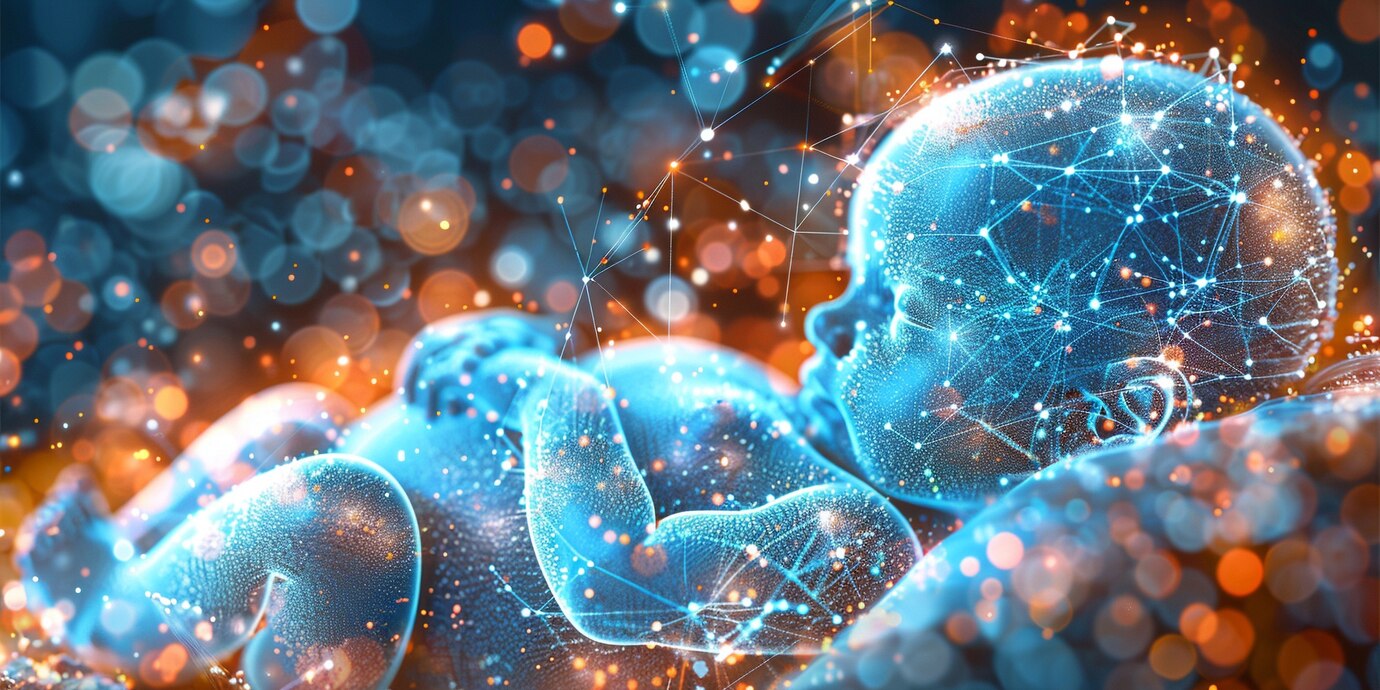
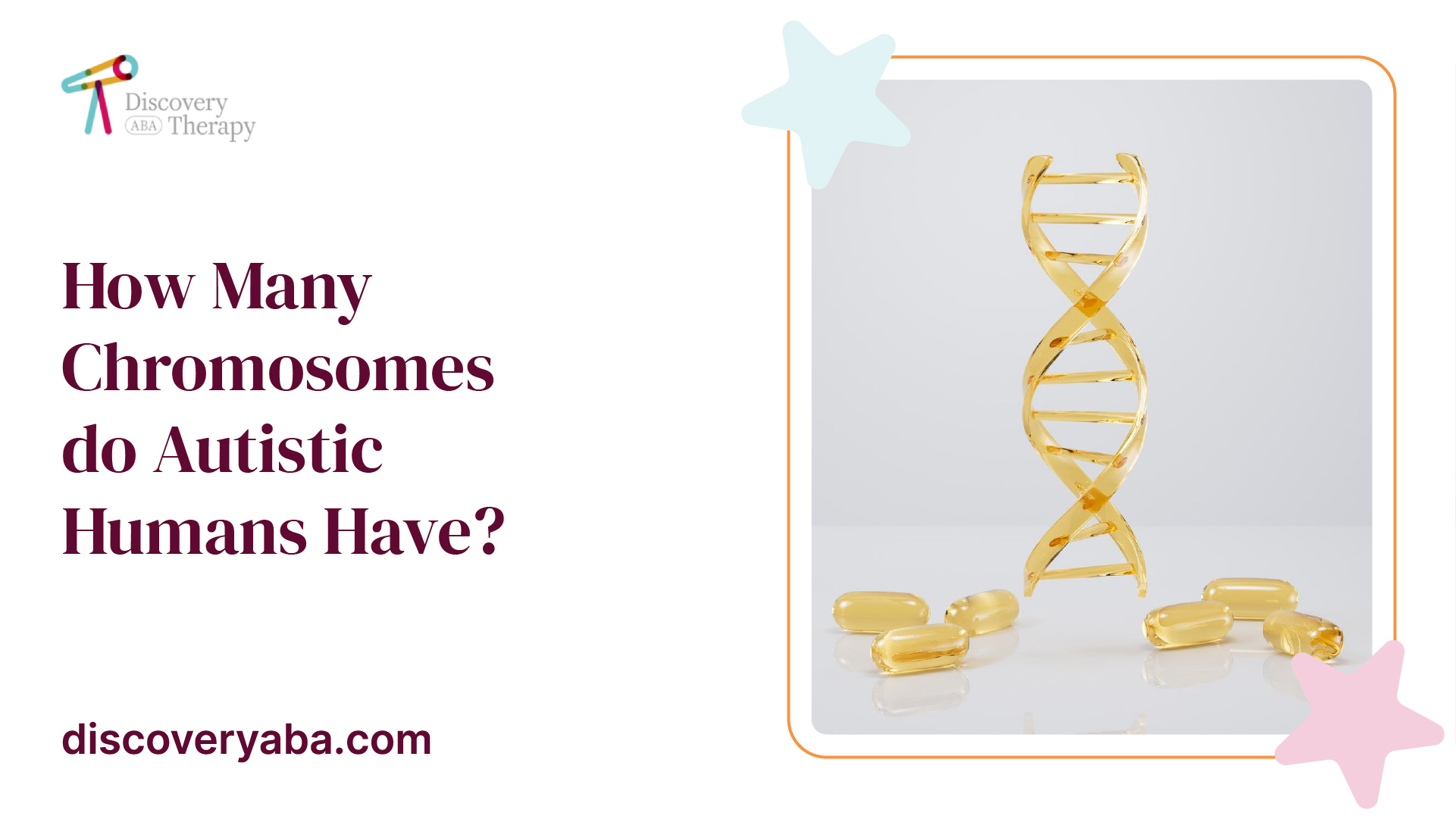
Chromosomes in Autistic Humans
Understanding the chromosomal composition in autistic individuals can provide insights into the genetic factors associated with autism spectrum disorder (ASD). This section will cover normal chromosomal analysis and the chromosomal makeup in humans.
Normal Chromosomal Analysis
In a study involving 30 autistic patients, cytogenetic analyses revealed that all results were normal, showing no detectable numerical or structural chromosomal abnormalities. This suggests that, in many cases, autism does not stem from clear chromosomal defects or visible abnormalities [1].
Commonly, autistic individuals, like all humans, have 22 pairs of numbered chromosomes (autosomes) and one pair of sex chromosomes (XX for females or XY for males), resulting in a total of 46 chromosomes. Each pair contains one chromosome inherited from each parent, contributing to the genetic diversity within the population.
Chromosomal TypeNumber of PairsTotal NumberAutosomes2244Sex Chromosomes12Total2346
Chromosomal Makeup in Humans
The typical chromosomal composition in humans is integral to understanding genetic conditions, including autism. The presence of 46 chromosomes allows for a complex interplay of genes, which can influence various traits and conditions.
ASD is recognized as a common neurodevelopmental condition with a strong genetic basis. It is estimated that the heritability of autism ranges from 70% to 90%, indicating a significant genetic contribution to the disorder. Currently, autism is diagnosed in approximately 1.6% of the population, with a notable male-to-female ratio of 4:1 [3].
Understanding the chromosomal aspects of autism can aid in developing targeted interventions and support systems. For more information on related topics, readers may explore hypermobility and autism or abilify for autism.
Gender Diversity and Autism
Autism in Gender-Diverse Individuals
Research indicates that autistic individuals are more likely to identify as gender-diverse compared to neurotypical individuals. In a recent study, gender-diverse individuals were found to be five times more likely to suspect they have undiagnosed autism than their cisgender counterparts [4]. This suggests a significant overlap between autism and gender diversity, highlighting the necessity for inclusive diagnostic practices.
Autistic individuals tend to have more varied interests, particularly in systemizing domains, and they often report a greater number of specific interests than neurotypical individuals. This characteristic may intersect with the experiences of gender-diverse individuals, influencing how they express their identity and navigate their interests.
Autistic CharacteristicsNeurotypical CharacteristicsMore interests in systemizing domainsGeneralized interestsGreater number of specific interestsFewer specific interests
Mental Health Conditions in Gender-Diverse Individuals
Gender-diverse individuals face unique mental health challenges. They exhibit higher rates of mental health conditions, including autism and depression, compared to cisgender individuals. This is particularly evident among autistic gender-diverse adolescents, where nearly 70% express a need for medical gender-related care. Furthermore, 32% of these adolescents report that their gender identity has been questioned due to their autism diagnosis.
The intersection of autism and gender diversity may contribute to increased mental health issues, necessitating tailored support and intervention strategies. Understanding these dynamics is important for promoting mental wellness within this population.
Mental Health ConditionsGender-Diverse IndividualsCisgender IndividualsAutismHigher prevalenceLower prevalenceDepressionHigher ratesLower rates
Addressing the mental health needs of gender-diverse individuals with autism is essential for fostering a supportive environment. It is crucial to consider both the autism diagnosis and the individual's gender identity when providing care and support. For further insights into related topics, explore our articles on hypermobility and autism and abilify for autism.
Genetic Factors in Autism
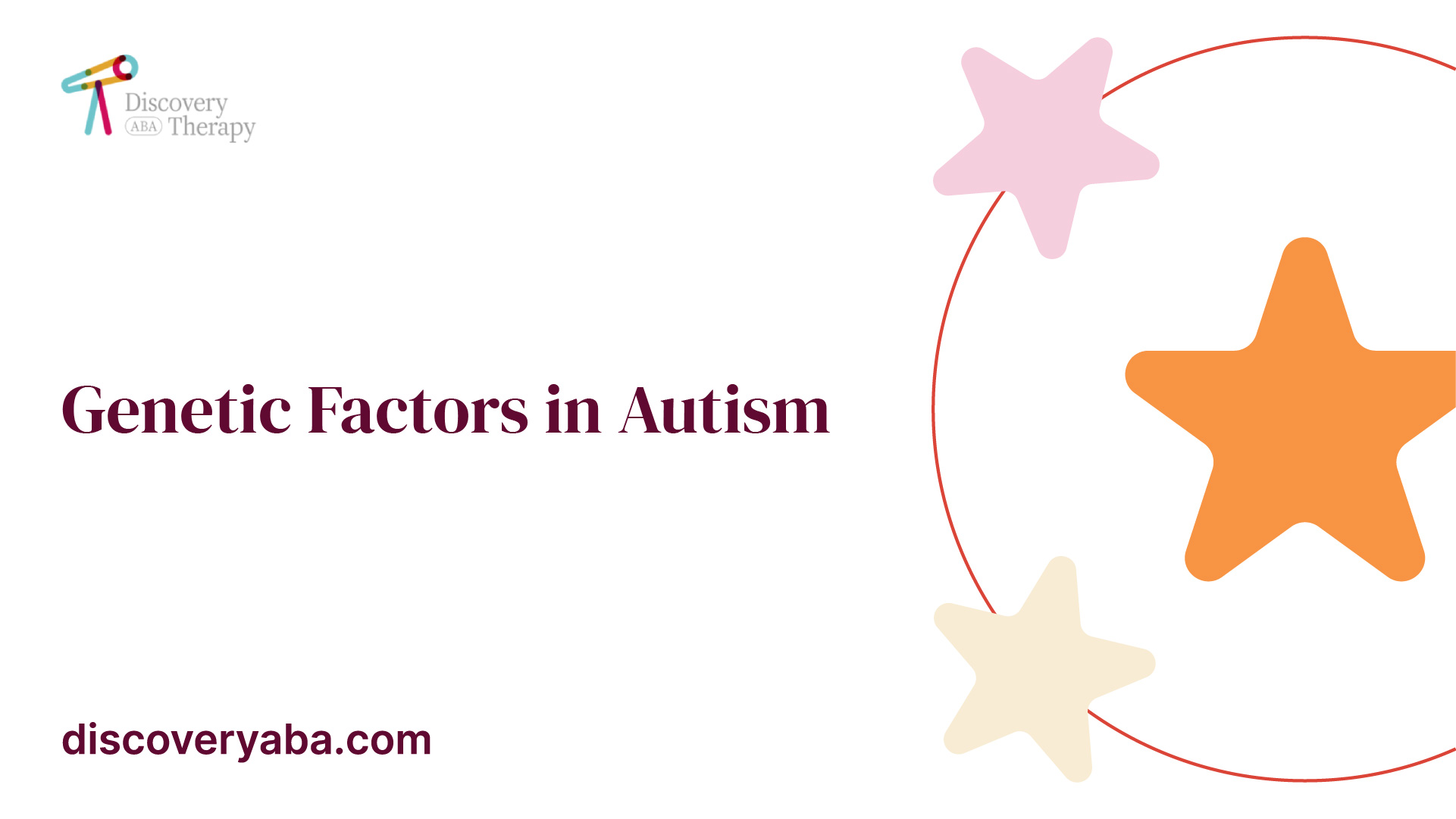
Understanding the genetic factors that contribute to autism spectrum disorder (ASD) is crucial for gaining insights into this complex condition. Research indicates a strong genetic component underlying autism, with various correlations identified between genetics and immune phenotypes.
Heritability of Autism
The heritability of autism is estimated to be between 70% and 90%, highlighting its significant genetic basis. ASD is diagnosed in approximately 1.6% of the population, with a notable male-to-female ratio of 4:1 [3]. The high heritability suggests that genetic factors play a major role in the development of autism, although environmental factors may also contribute.
AspectValueEstimated Heritability70-90%Prevalence in Population1.6%Male-to-Female Ratio4:1
Genetic Correlations with Immune Phenotypes
Research has revealed interesting correlations between autism and immune system characteristics. Specifically, there is a positive correlation between ASD and allergic diseases, while negative correlations exist with lymphocyte count, rheumatoid arthritis (RA), and systemic lupus erythematosus (SLE).
Increased genetic liability for conditions such as SLE and RA, along with allergic diseases, is associated with higher total autistic scores, rigidity, and specific childhood behaviors in general population samples. Genetic factors related to autoimmunity and allergies may influence the likelihood of developing autism. Allergy-related genetic factors tend to increase the risk of ASD, while those linked to autoimmunity appear to decrease that risk.
Immune PhenotypeCorrelation with ASDAllergic Diseases (ALG)PositiveLymphocyte CountNegativeRheumatoid Arthritis (RA)NegativeSystemic Lupus Erythematosus (SLE)Negative
Specific autistic traits, such as rigidity and certain childhood behaviors, are associated with these immunogenetic factors. Understanding these correlations can provide valuable insights into how the immune system may influence the development and manifestation of autism spectrum disorder. For more information on related topics, consider exploring hypermobility and autism or learn about medication options like abilify for autism.
Genetic Syndromes and Autism
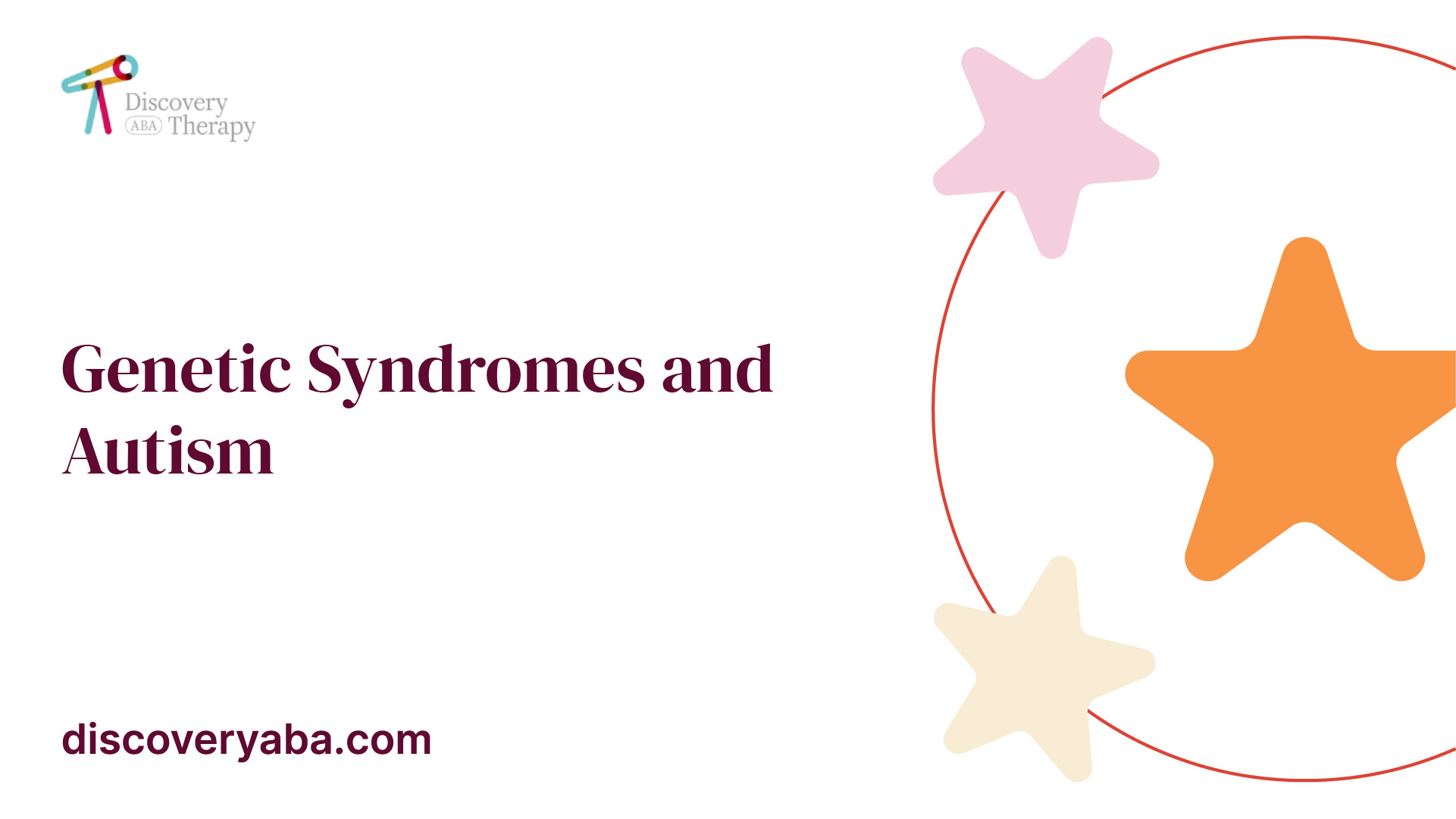
Understanding the genetic factors that contribute to Autism Spectrum Disorder (ASD) is crucial in comprehending how many chromosomes autistic individuals have and the role of genetic syndromes in this condition.
Chromosome Abnormalities in ASD
Chromosome abnormalities play a significant role in the diagnosis of autism. Research indicates that an estimated 50% of individuals with ASD are diagnosed with chromosome deletions or duplications, as well as identified syndromes or single gene disorders. Some notable chromosomal regions associated with autism include:
Chromosomal RegionAssociated Condition15q11.2Deletion/Duplication DisordersBP1-BP2Genomic Disorders16p11.2Deletion/Duplication Disorders15q13.3Deletion/Duplication Disorders
These regions exhibit characteristics of genomic disorders, with both duplications and deletions linked to ASD, particularly the 16p11.2 CNV region, which occurs at approximately 1% frequency in autistic populations. Advances in genetic technology have enabled the identification of specific etiology in about 40% of patients with neurodevelopmental disorders through a comprehensive clinical genetics approach [7].
Genes Associated with ASD
More than 800 genes are linked to autism, and the heritability estimate for ASD ranges between 70% and 90%. Whole exome sequencing has proven to yield results between 9% and 30% in individuals with ASD, suggesting that it may provide more informative insights compared to structural chromosome microarrays in identifying single gene changes.
The relationship between specific genetic markers and autism helps in understanding the complexities of the condition. Genetic syndromes associated with ASD often involve alterations that affect neuronal development and function, which can manifest as behavioral or cognitive challenges.
For individuals looking to gain a deeper understanding of autism-related conditions, exploring topics such as hypermobility and autism or treatments like abilify for autism can provide additional insights into the genetic landscape of ASD.
Chromosomal Variations in Autism
Understanding chromosomal variations is essential in exploring the genetic underpinnings of autism spectrum disorder (ASD). Two significant types of chromosomal variations relevant to ASD include copy number variations (CNVs) and structural variations in chromosomes.
Copy Number Variations (CNVs) in ASD
Copy number variations (CNVs) are submicroscopic structural variants in chromosomes that include duplications, deletions, translocations, and inversions. These variations can sometimes extend over several kilobases. CNVs are recognized as a crucial contributing factor in ASD susceptibility, directly causing approximately 10% of autism cases [8].
Research has shown that autistic individuals often carry a higher load of rare, genic CNVs, implicating these variants in the pathology of ASD. Common functional gene sets associated with these rare CNVs include those involved in cell proliferation and development, chromatin regulation, and ubiquitin pathways. The 16p11.2 CNV region, for example, is found in about 1% of the autism cohort and is characterized by both duplications and deletions linked to ASD at this locus [6].
CNV TypeDescriptionDuplicationsExtra copies of a segment of DNADeletionsMissing segments of DNATranslocationsSegments of DNA moved from one location to anotherInversionsSegments of DNA reversed in orientation
Structural Variations in Chromosomes
Structural variations encompass a range of alterations in the chromosome structure, including CNVs, deletions, duplications, translocations, and inversions. These variations have been identified in some individuals with ASD. In one study, 277 unbalanced CNVs were discovered in 44% of ASD families, which were absent in 500 control subjects. Additional balanced changes were detected through karyotyping, which is a laboratory technique used to visualize chromosomes.
Large-scale sequencing studies have revealed considerable overlap in risk loci between ASD and other major psychiatric disorders, such as schizophrenia, bipolar disorder, ADHD, and major depressive disorder. This overlap poses challenges in classifying these conditions as distinct disorders and suggests a shared genetic architecture among them [8].
In summary, both copy number variations and structural variations play critical roles in the genetic landscape of autism, providing insight into how chromosomal differences may contribute to the disorder. Further research into these variations may enhance understanding of ASD and inform potential therapeutic approaches. For more information on autism-related topics, consider exploring hypermobility and autism or abilify for autism.
Gender Disparities in Autism
Sex Bias in ASD
Research indicates that Autism Spectrum Disorder (ASD) affects males at significantly higher rates than females. The current understanding suggests that approximately 1 in 4 females are diagnosed with ASD compared to 1 in 3 males, highlighting a clear sex bias in prevalence rates. The reasons behind this disparity remain unclear, but several theories have been proposed. It is suggested that the female sex may possess certain protective factors that reduce susceptibility to autism, while males may exhibit a higher vulnerability. Factors such as differential gene expression, hormonal influences, or other biological mechanisms could play a role in this imbalance.
GenderEstimated Prevalence of ASDMales1 in 3Females1 in 4
Protective Factors in Females
Despite the lower rates of diagnosis, females with autism often exhibit different characteristics and challenges compared to their male counterparts. Several protective factors may contribute to the reduced likelihood of ASD in females. These might include genetic and environmental influences that help buffer against the development of autism.
Moreover, studies have highlighted that females with ASD may present with less severe symptoms or may develop better coping strategies, allowing them to function more effectively in social situations. This can lead to underdiagnosis in females as their symptoms might not align with the traditional presentation of autism, often characterized by social communication difficulties and restricted behaviors.
In addition, females may have a higher prevalence of co-occurring conditions such as hypermobility and autism or experience different symptoms, which can affect the diagnostic process. Understanding these protective factors is crucial for developing targeted interventions and support for autistic females, ensuring they receive appropriate care and resources.
For more insights into autism and its complexities, including treatment options like abilify for autism, visit our other articles.
References
[2]:
[3]:
[4]:
[5]:
[6]:
[7]:
[8]:
Find More Articles
Contact us
North Carolina, Tennessee, Nevada, New Jersey, Utah, Virginia
New Hampshire, Maine
Massachusetts, Indiana, Arizona, Georgia
.avif)





.jpeg)








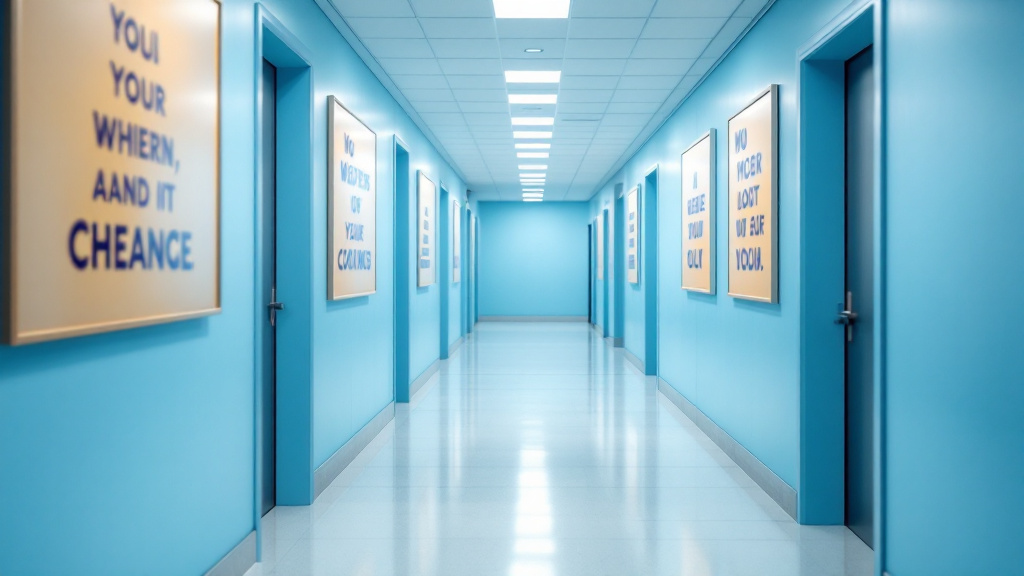





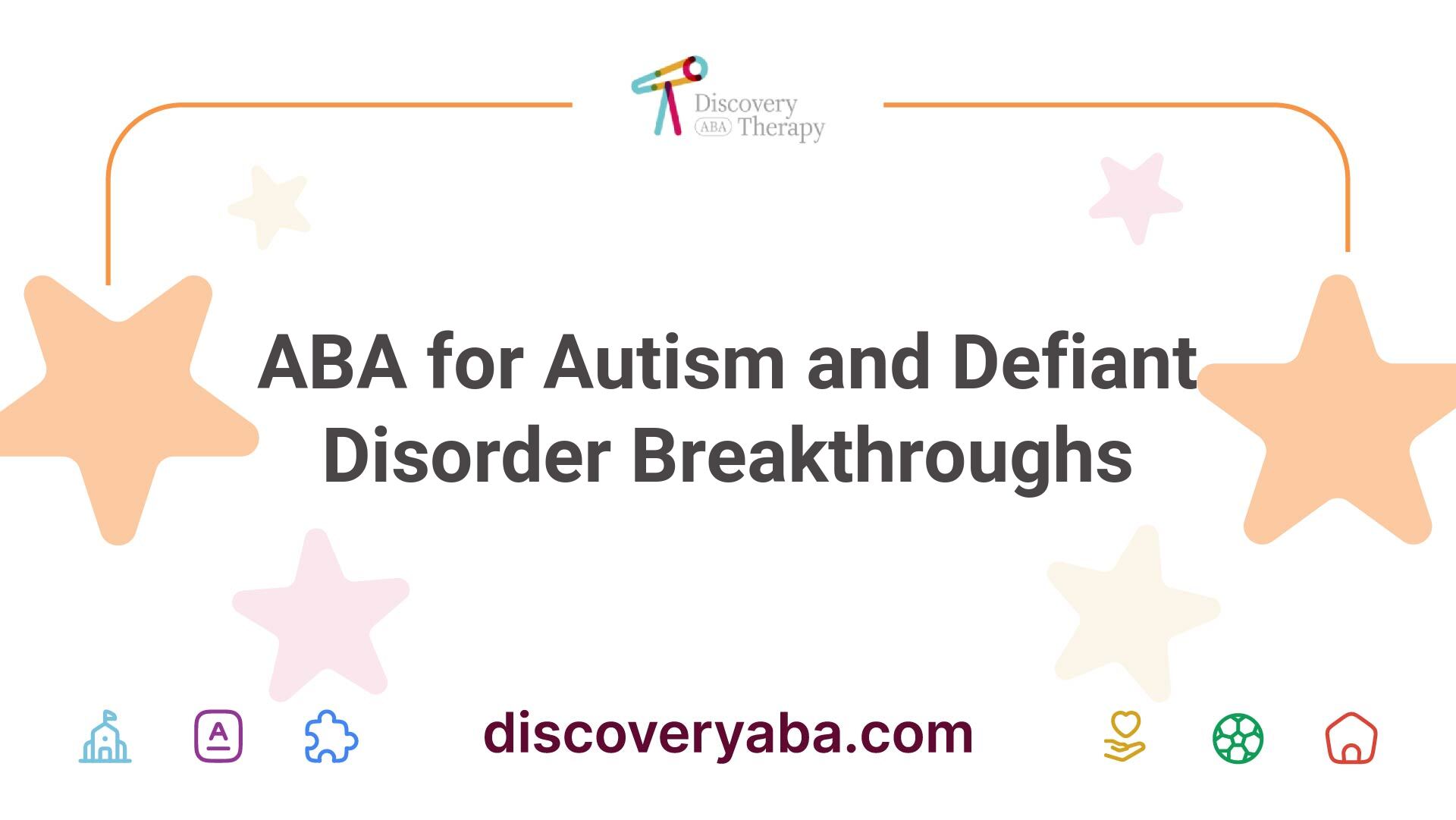





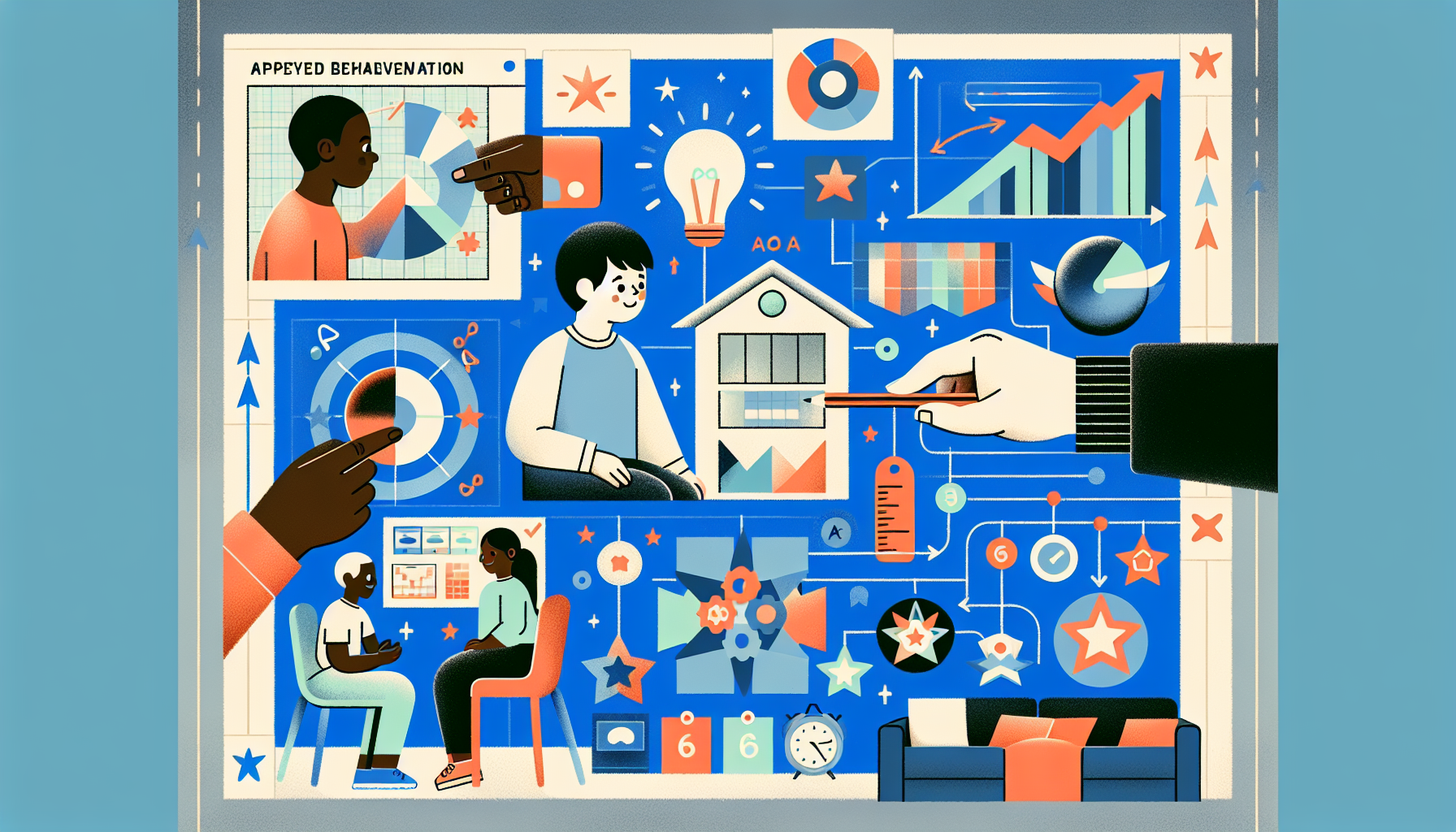
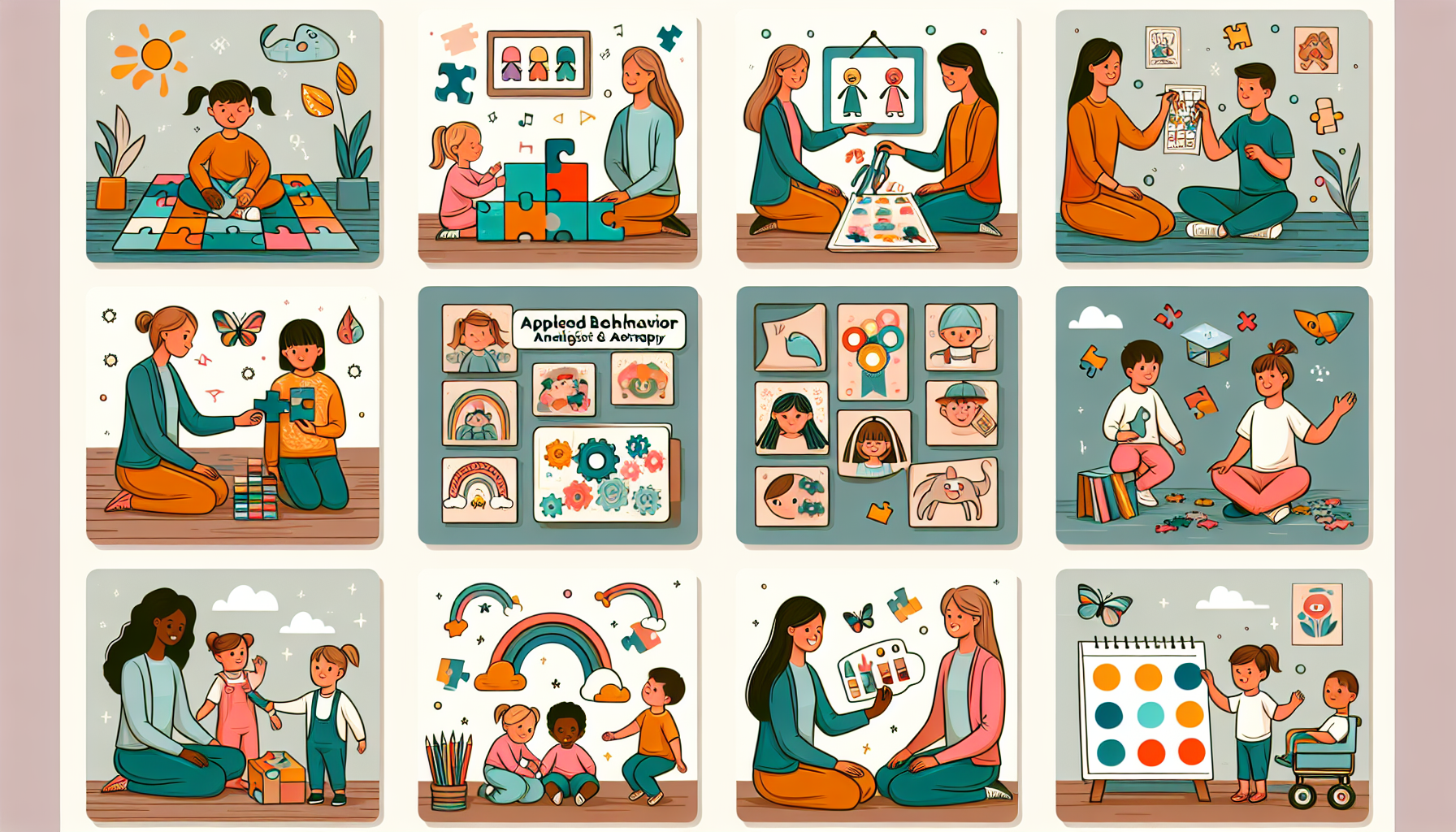
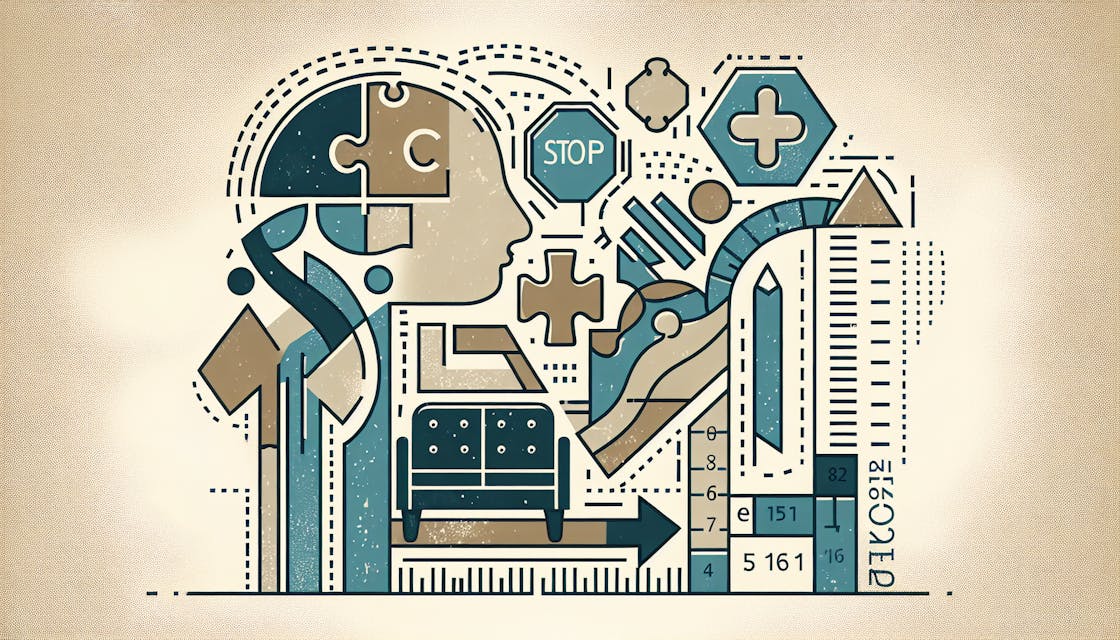




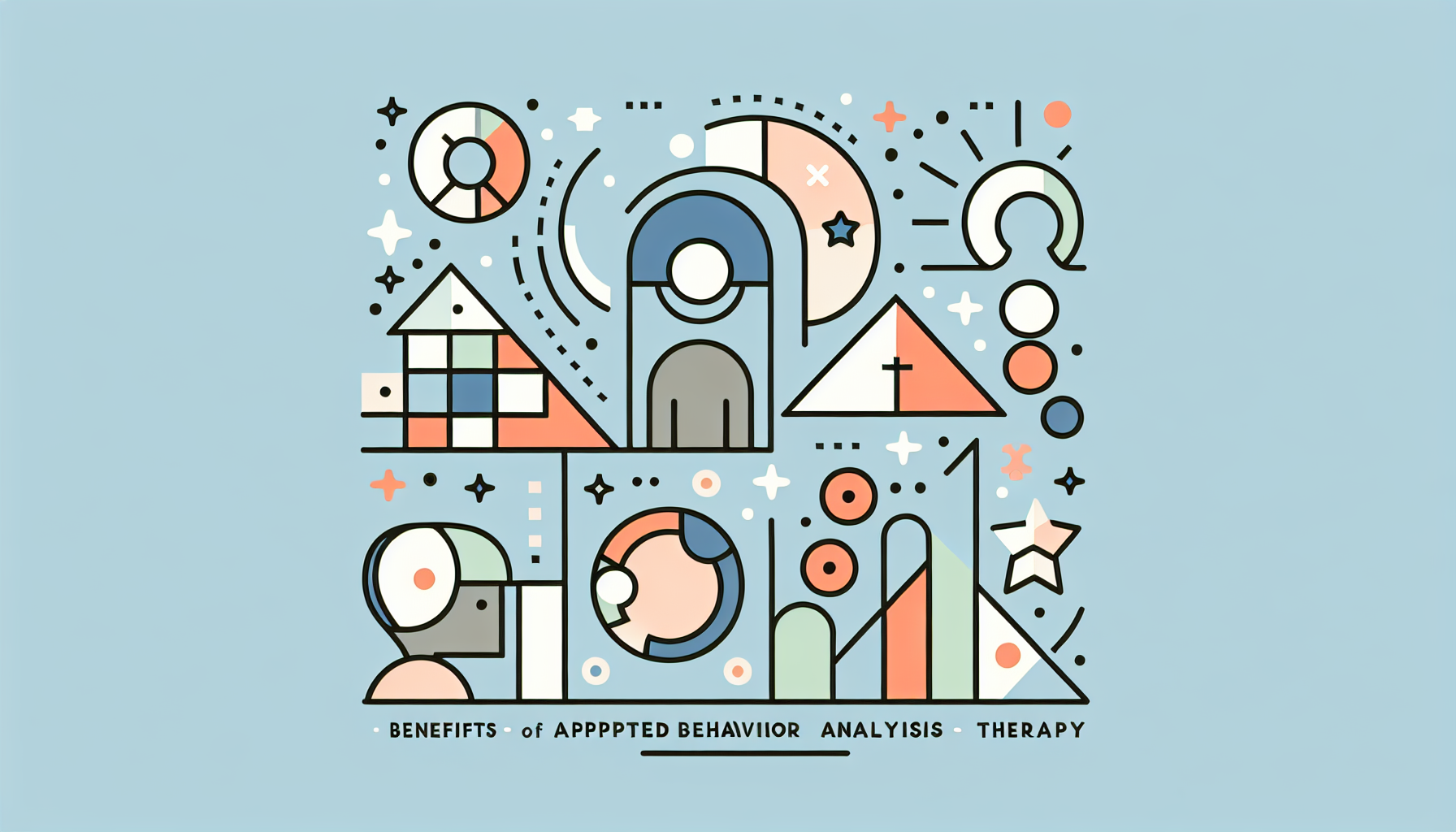






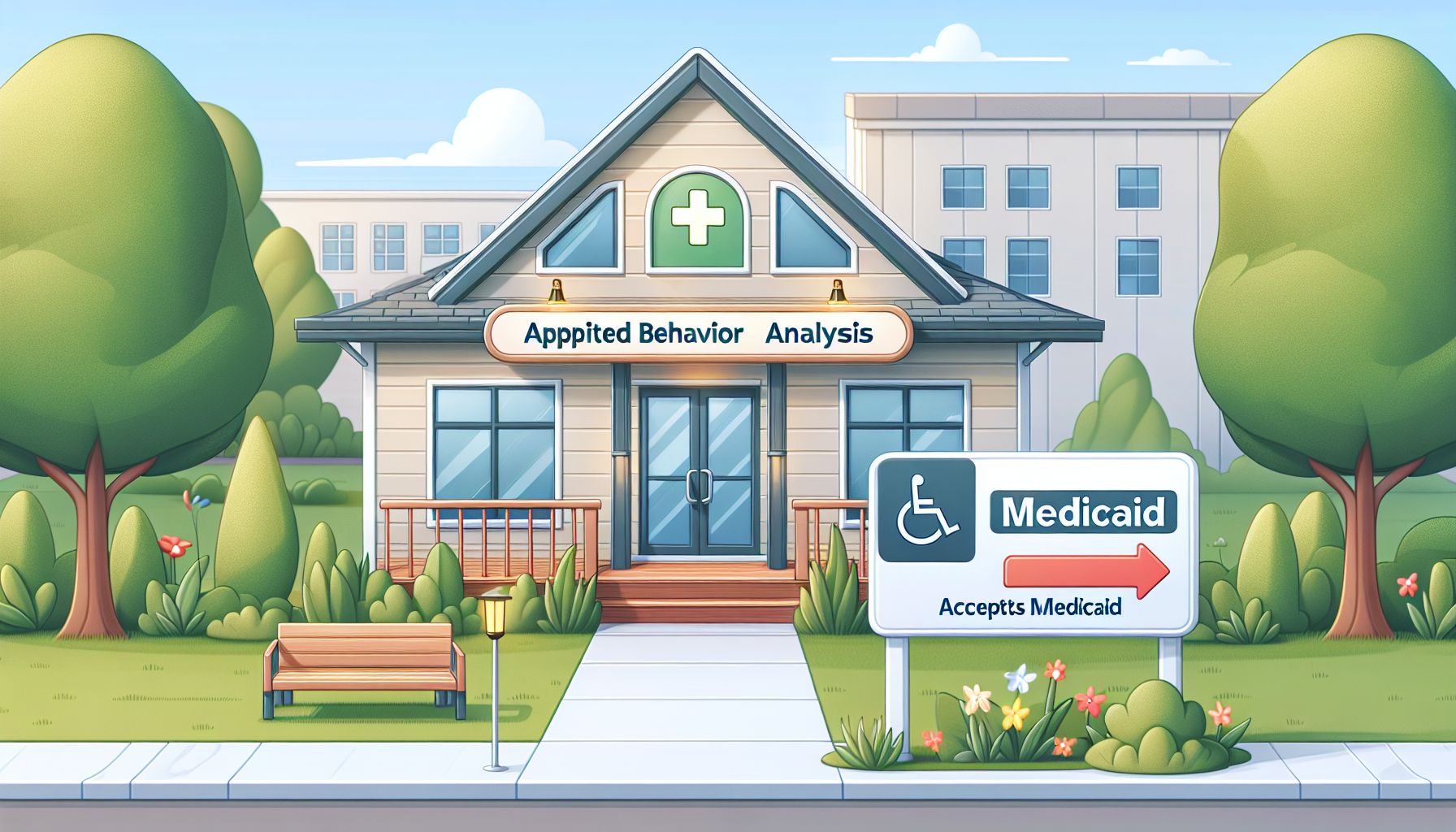

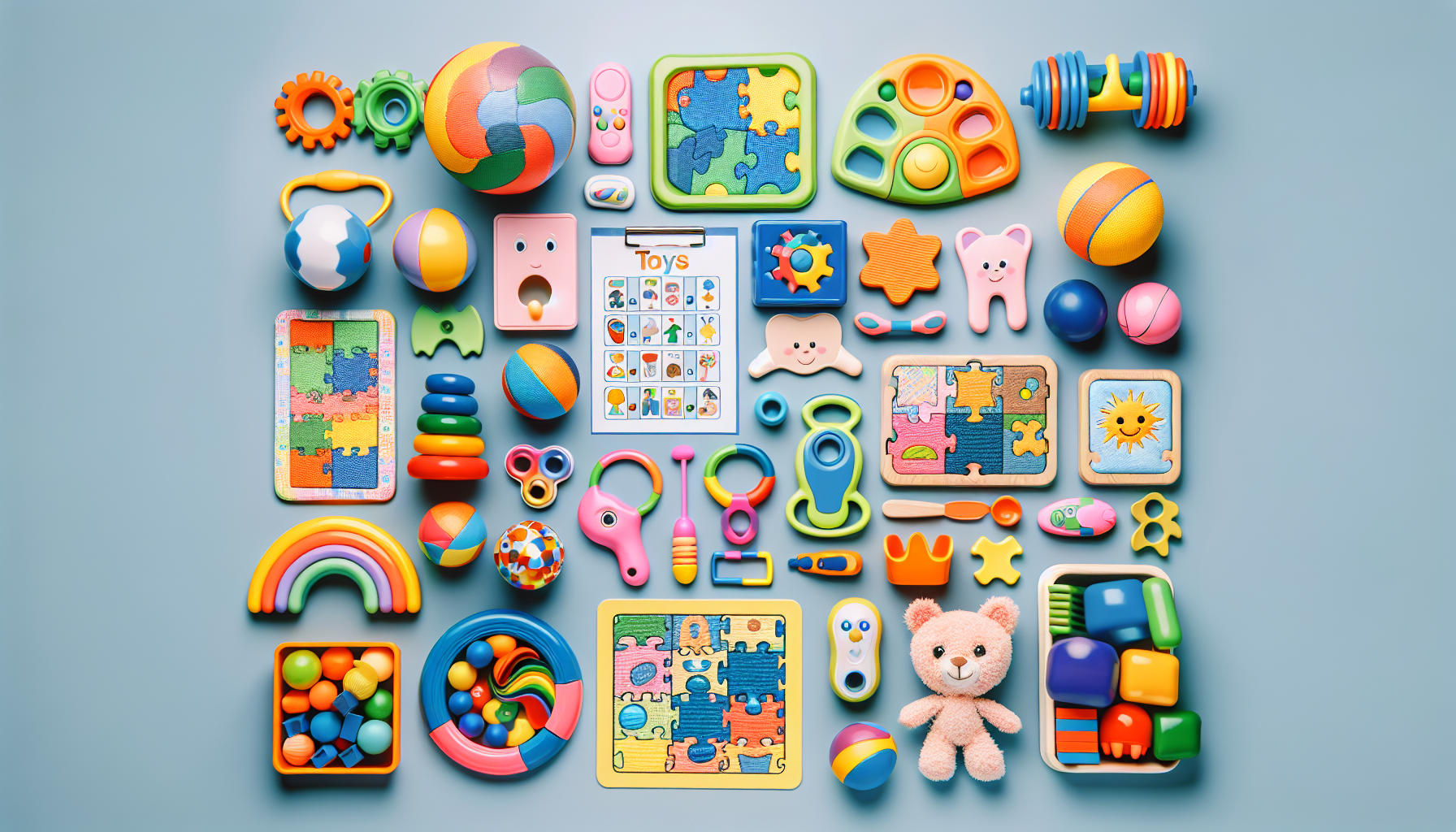



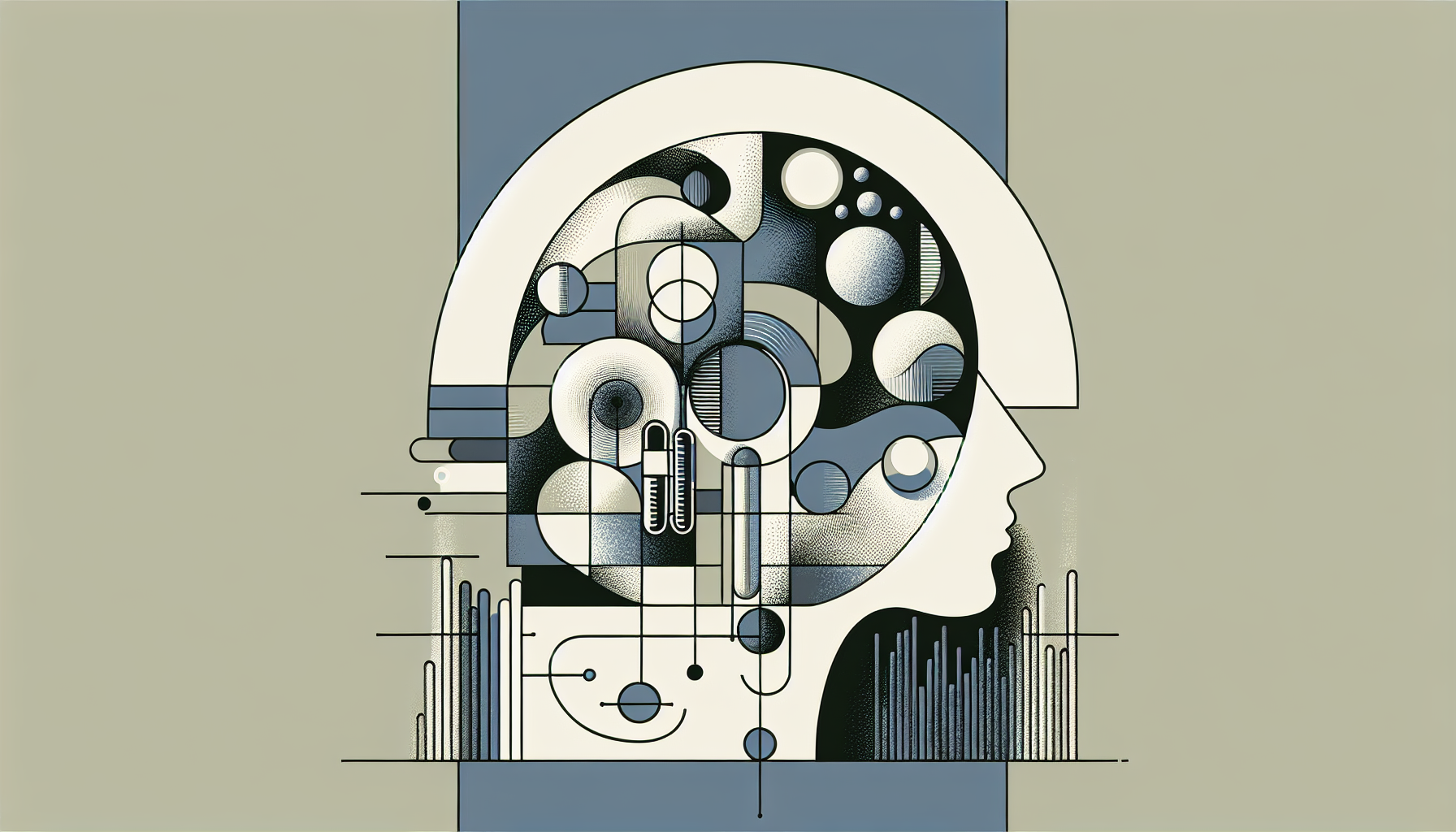

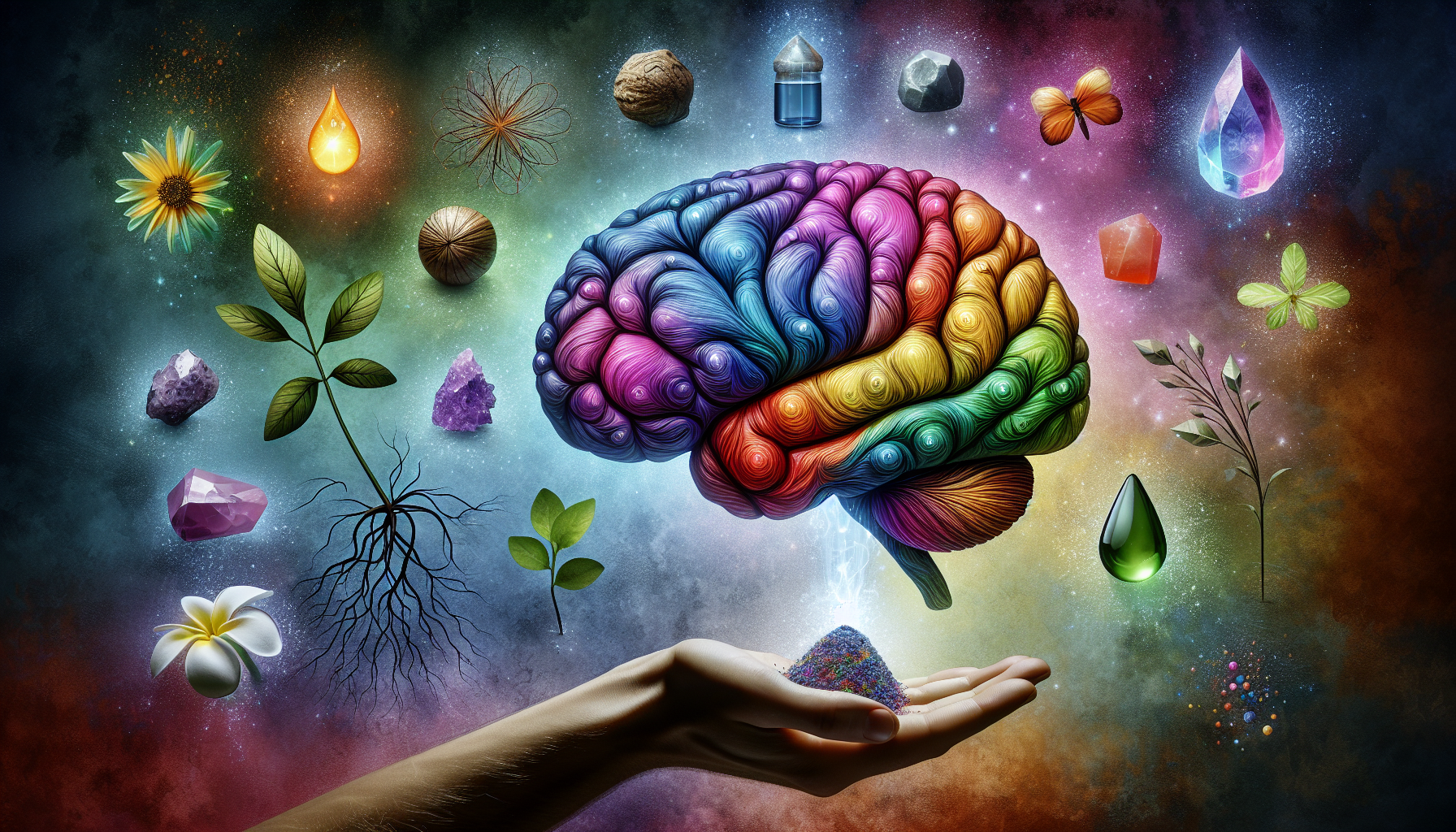
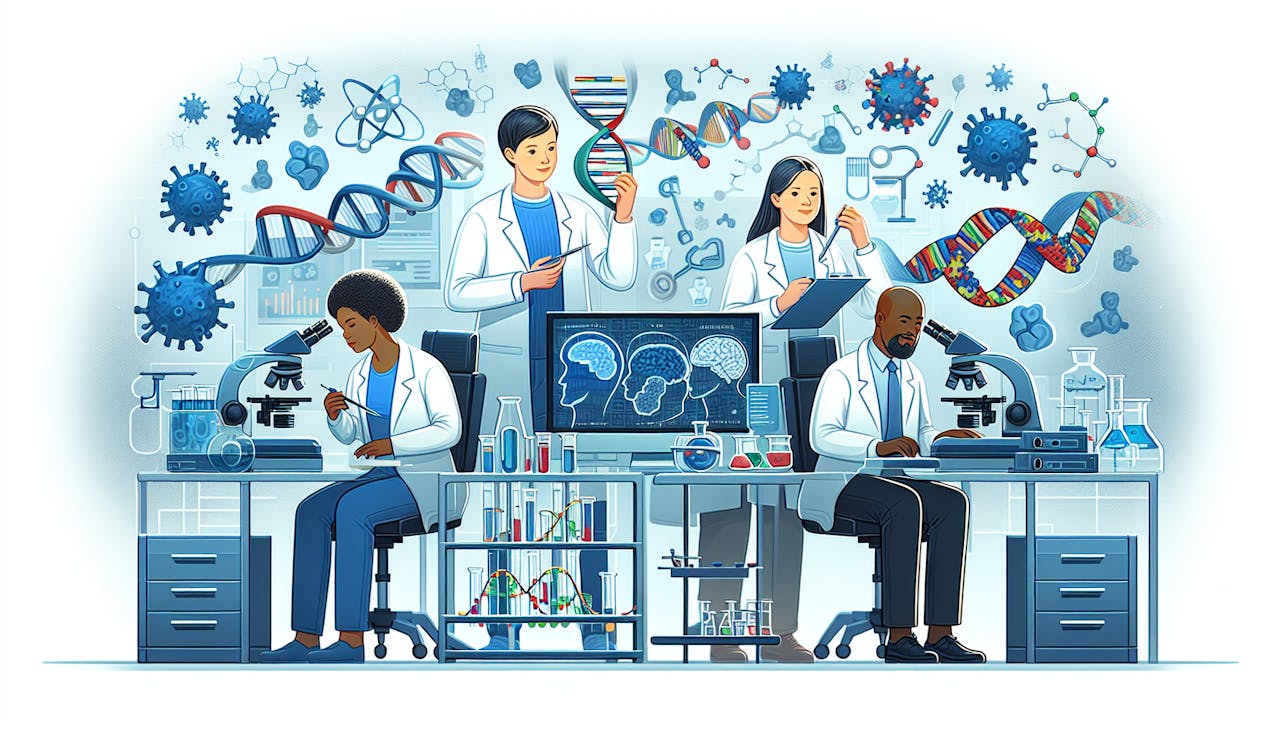
.jpeg)
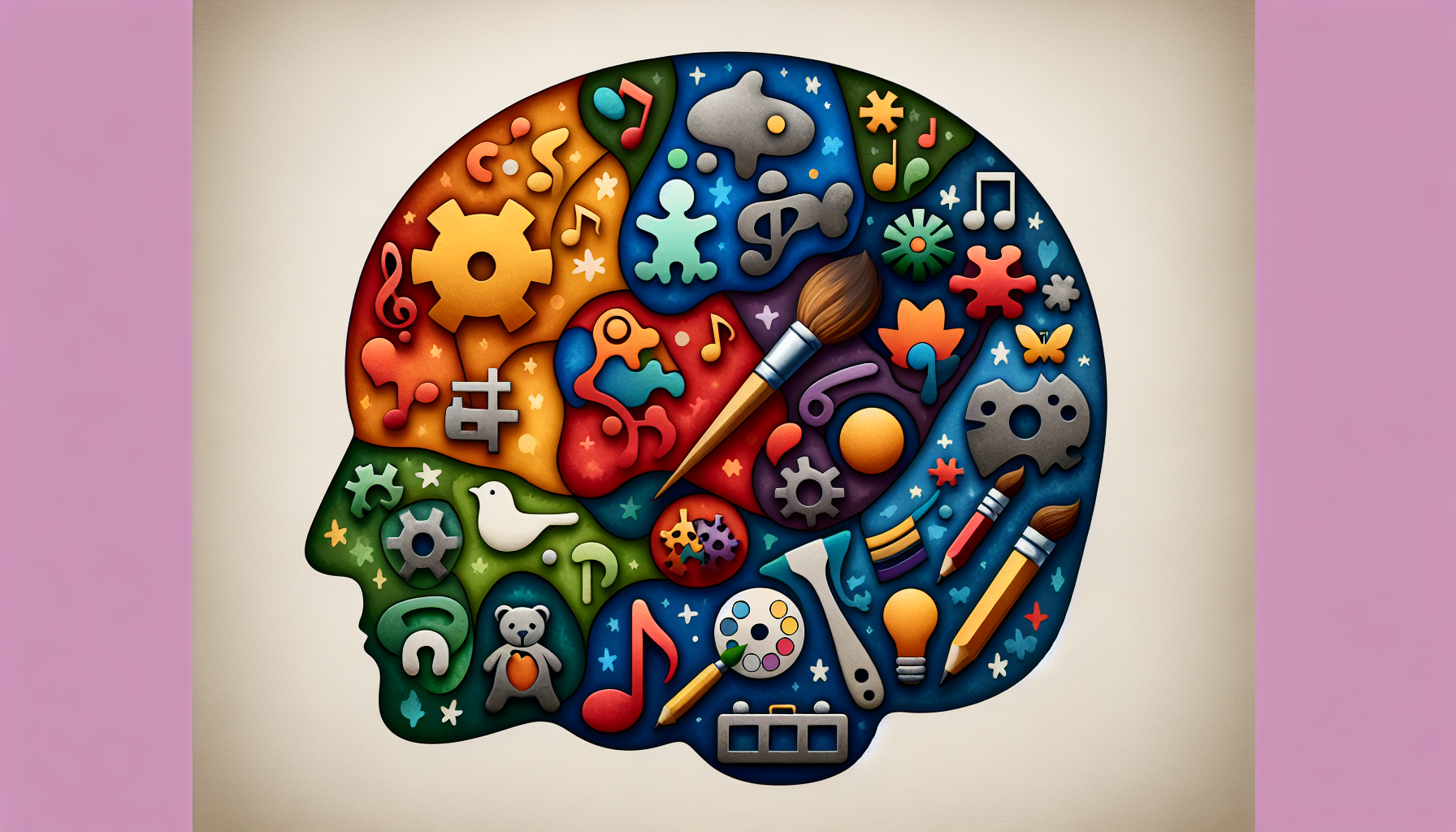

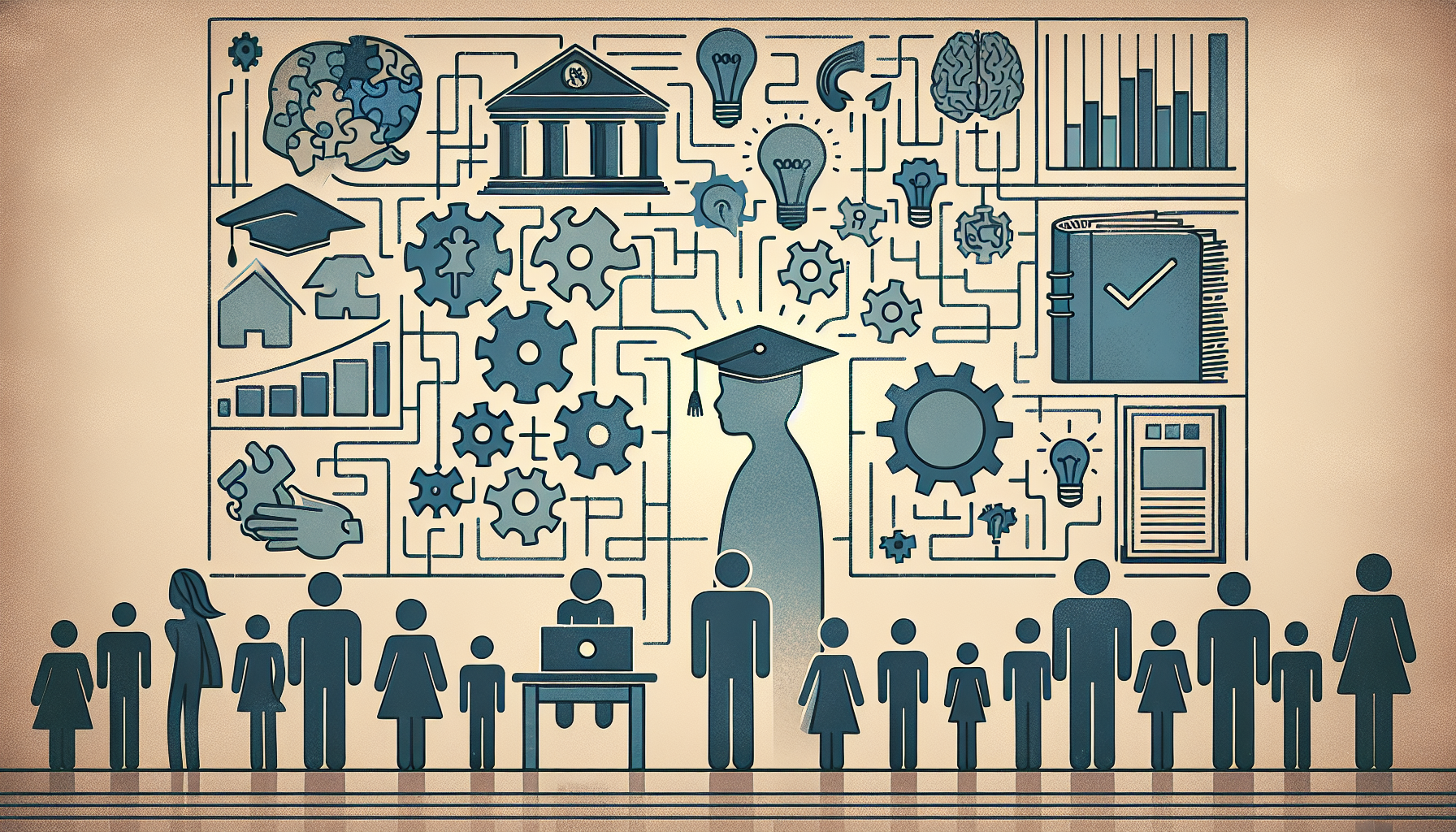




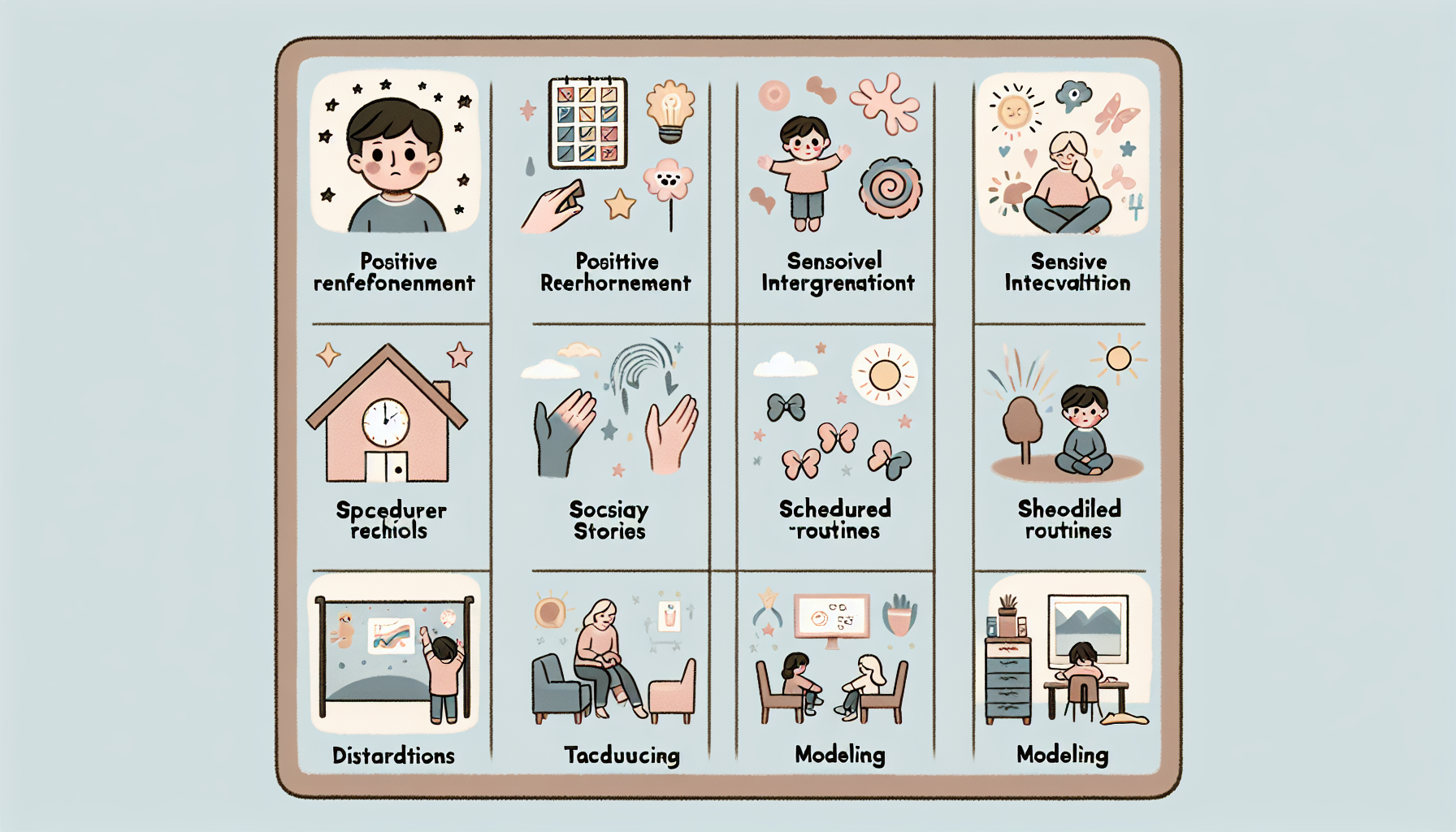

.jpeg)
.jpeg)
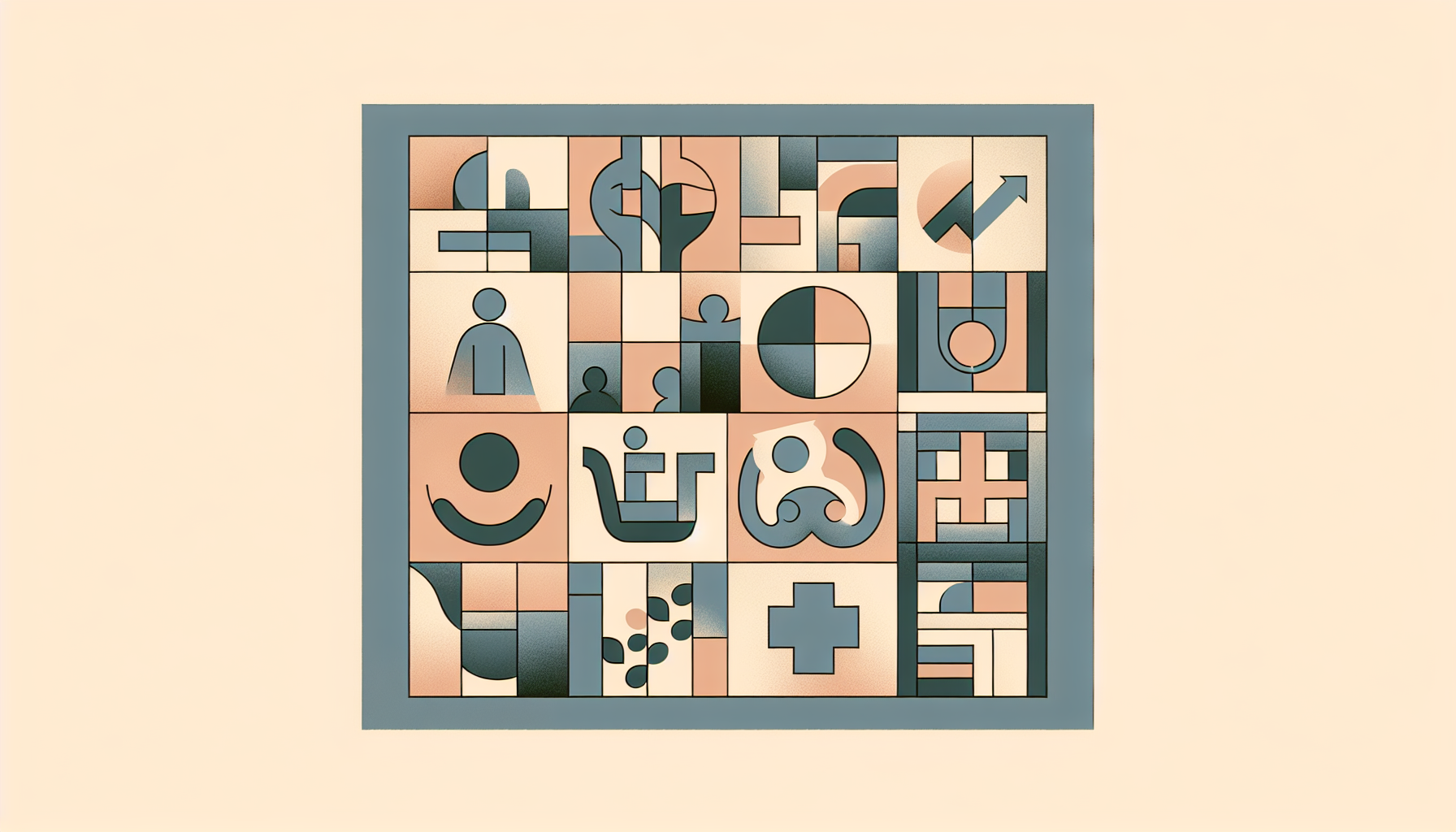
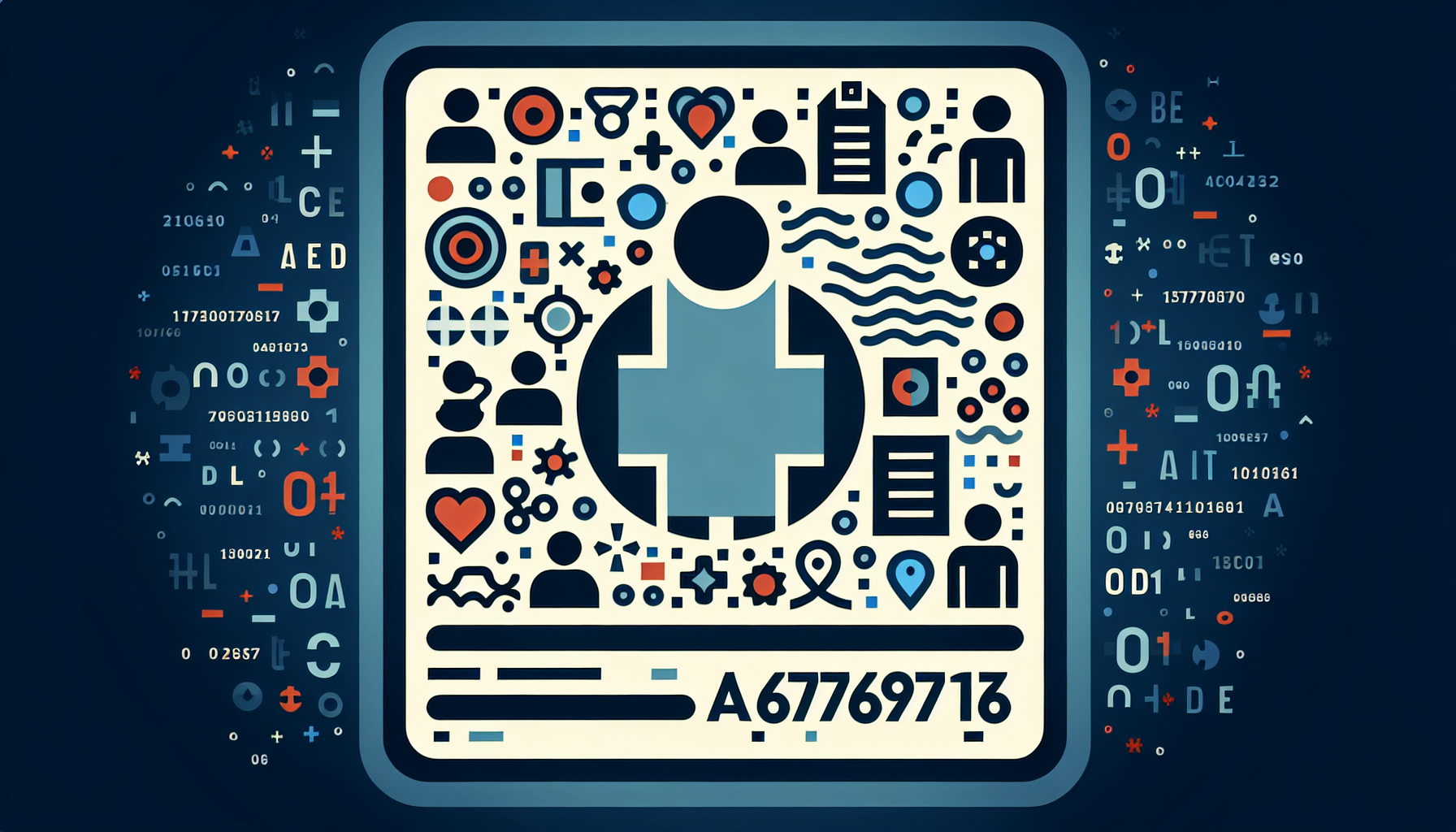

.jpeg)
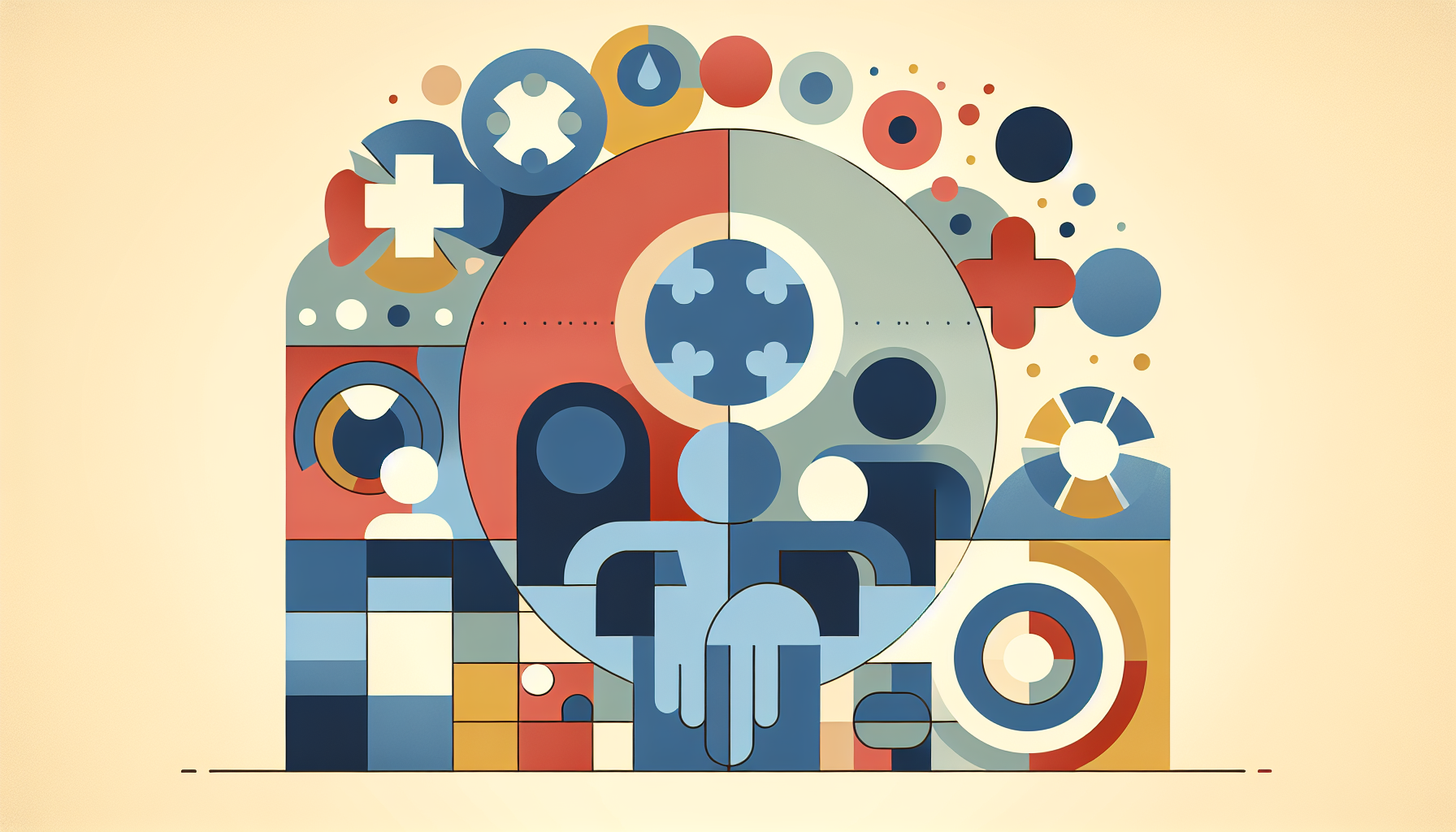


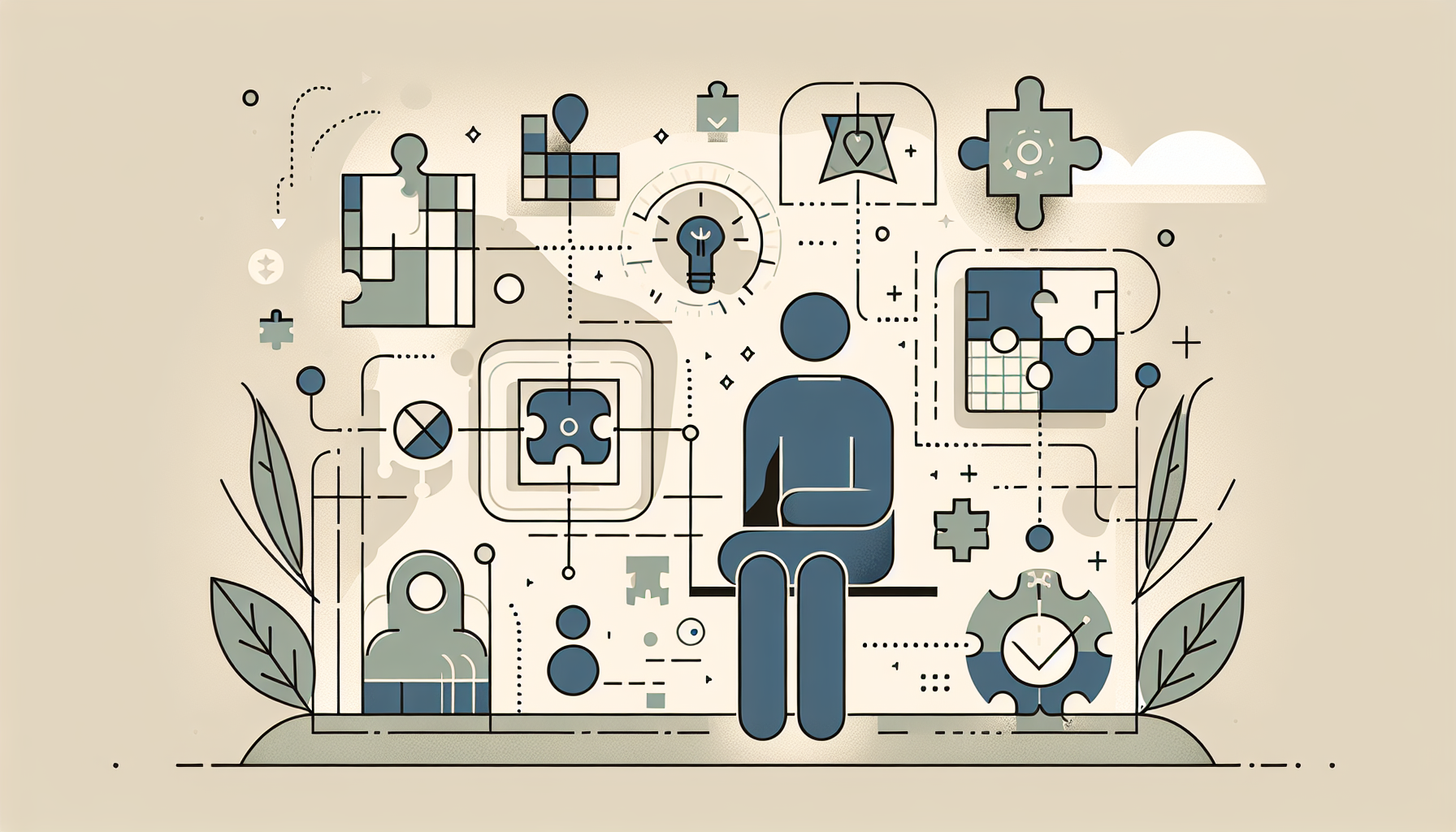
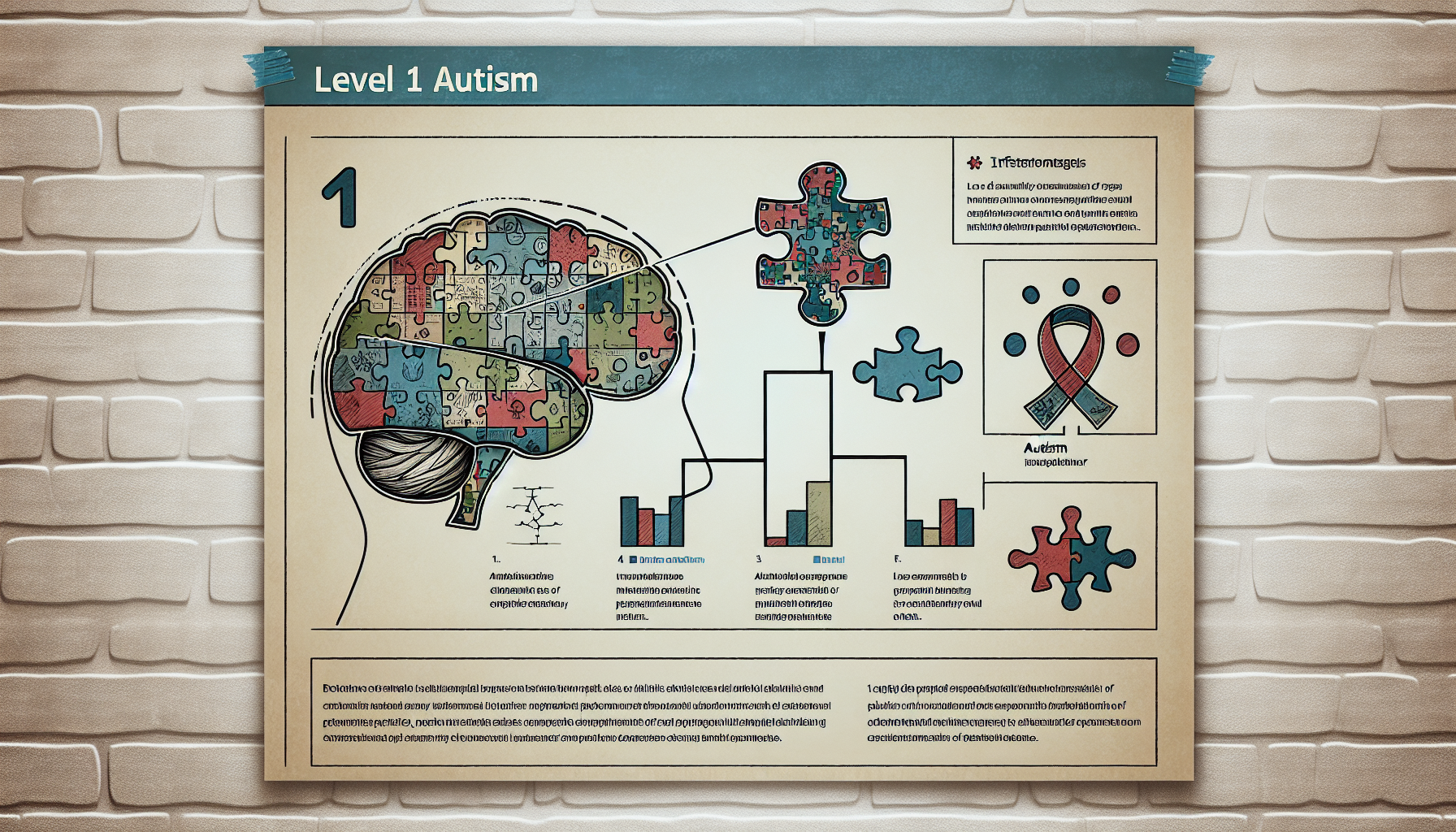

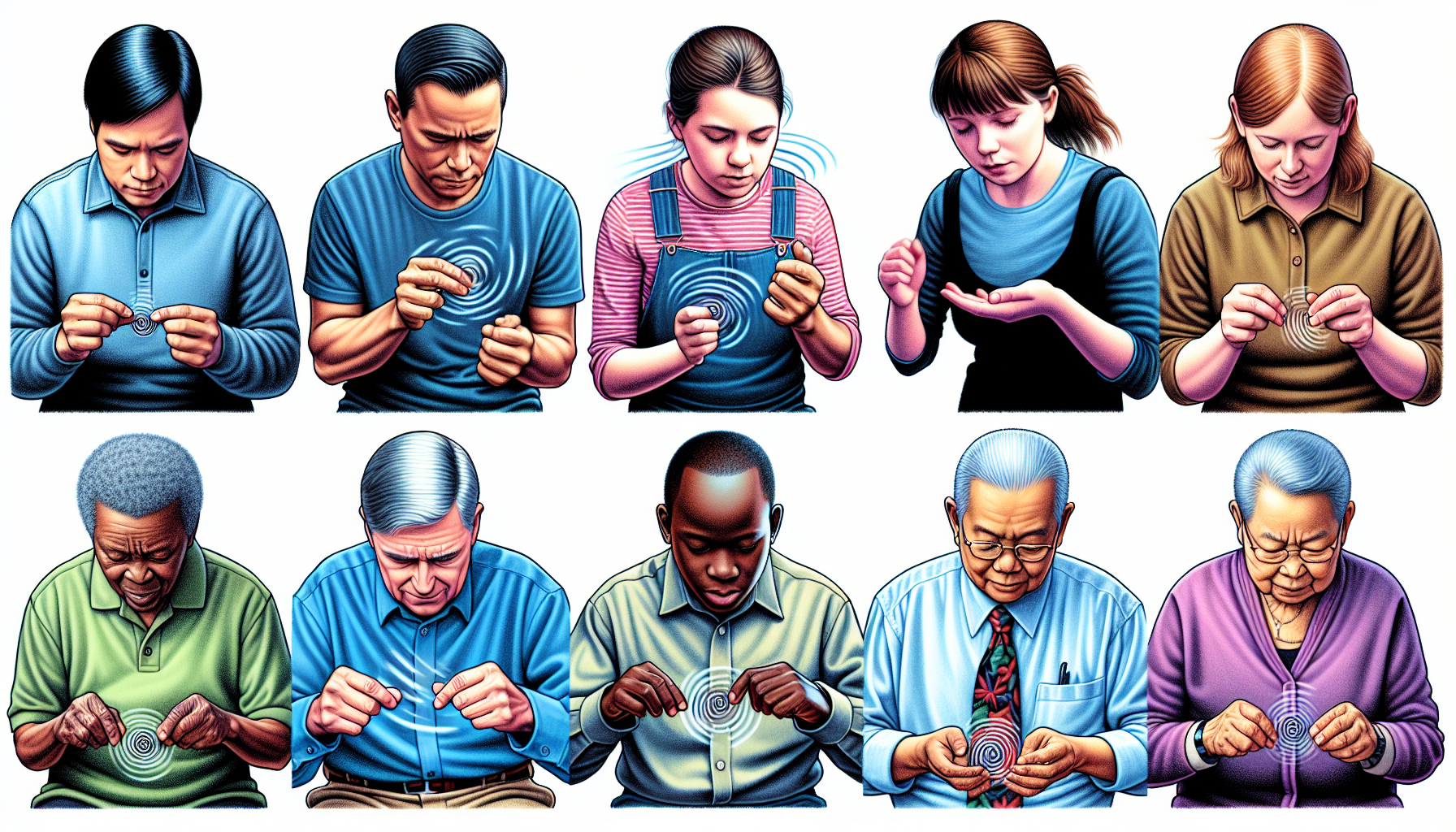
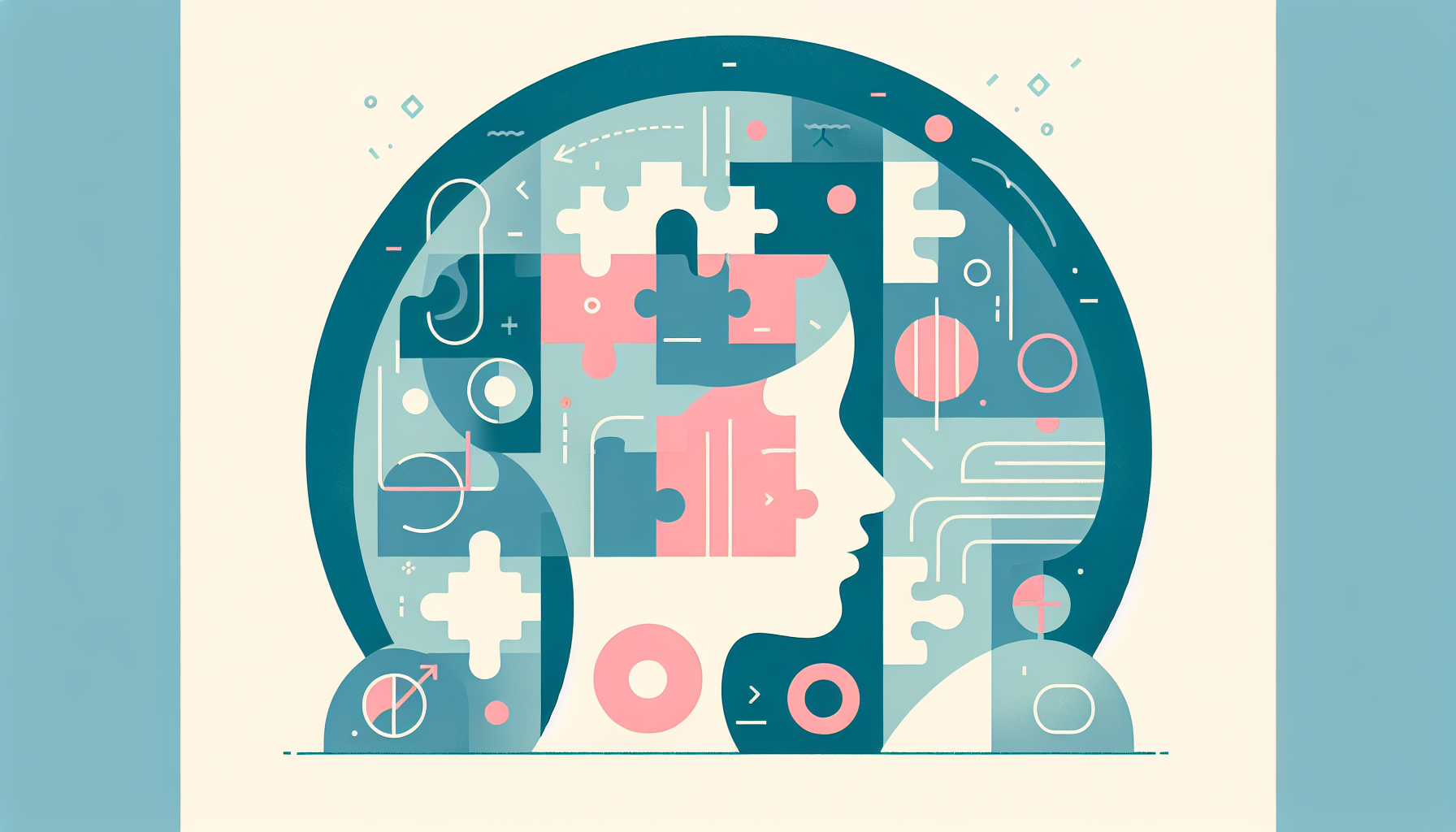



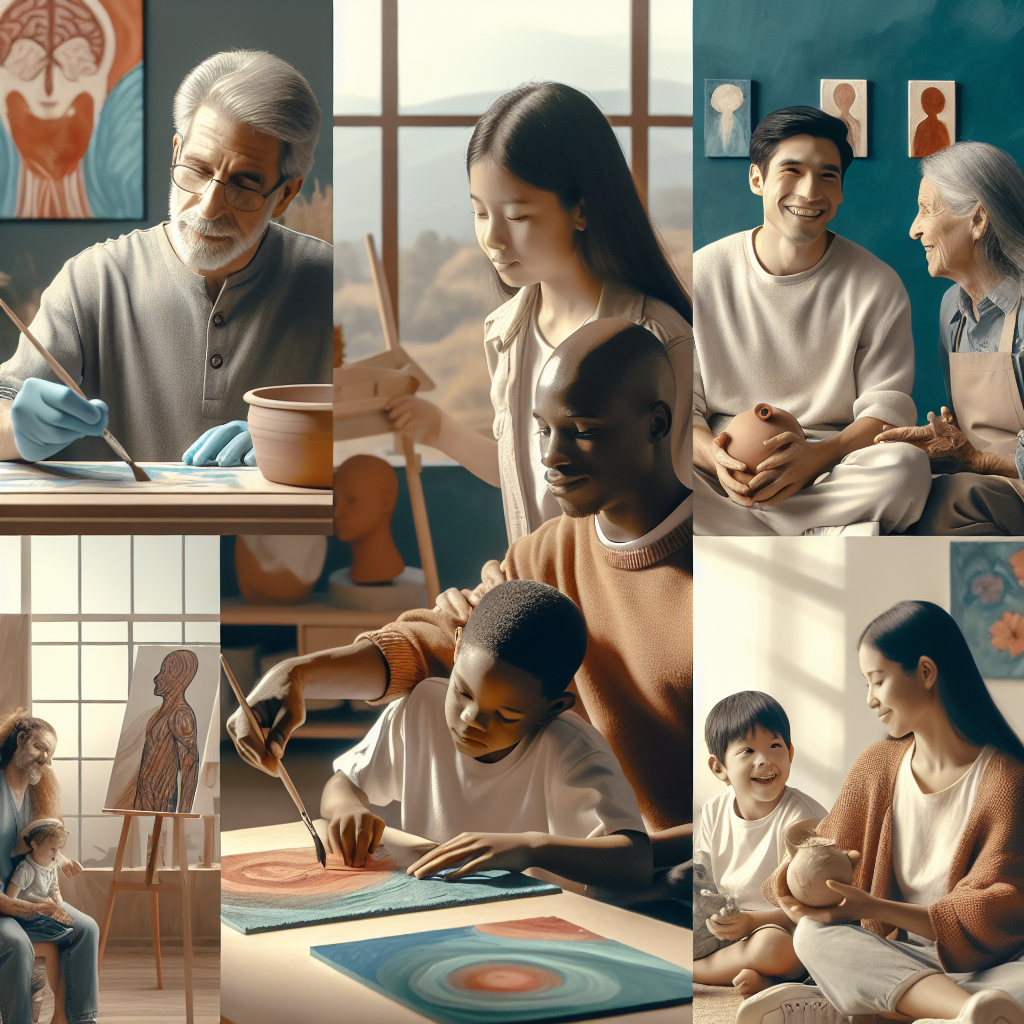


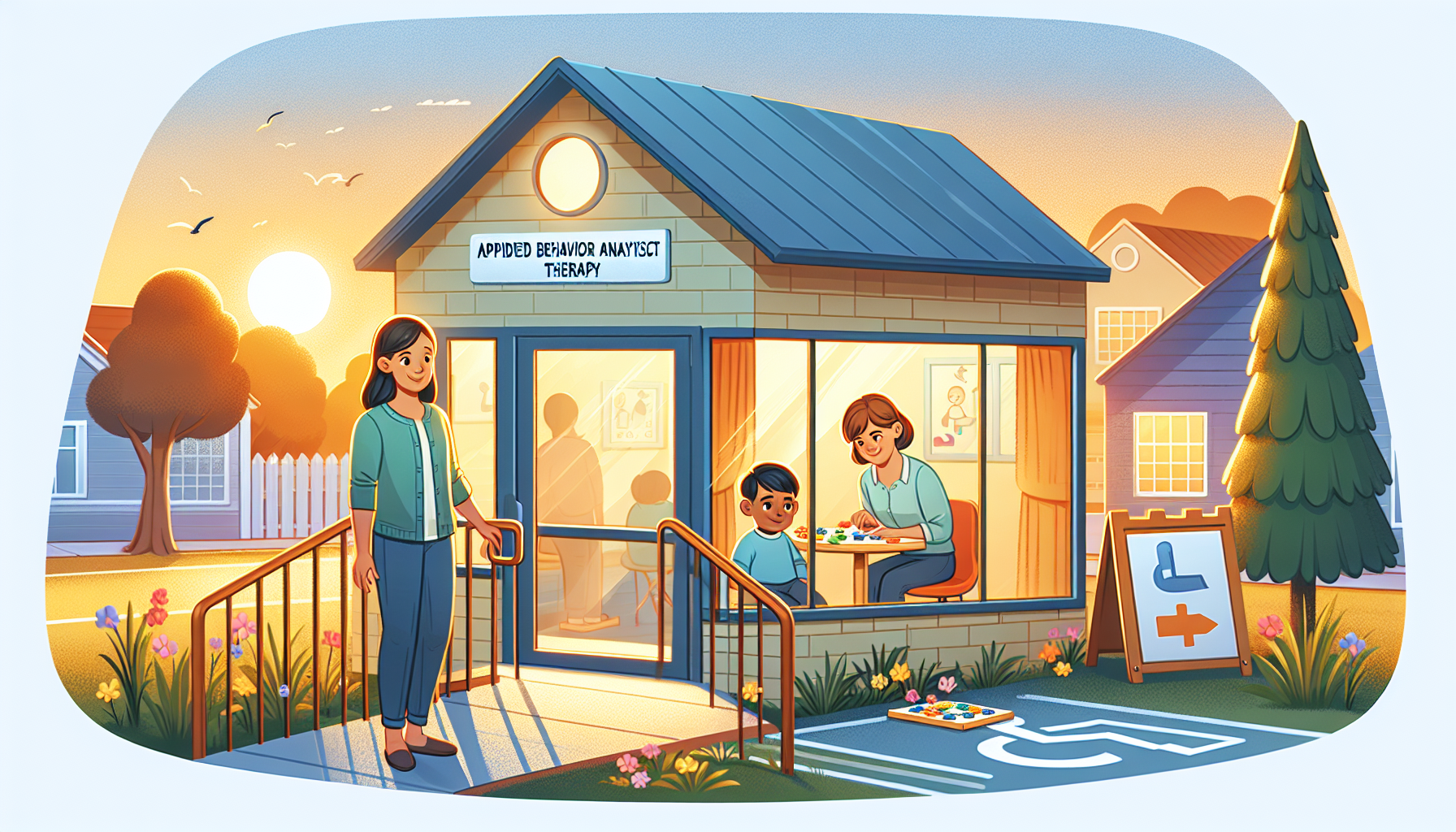

.jpeg)
.jpeg)
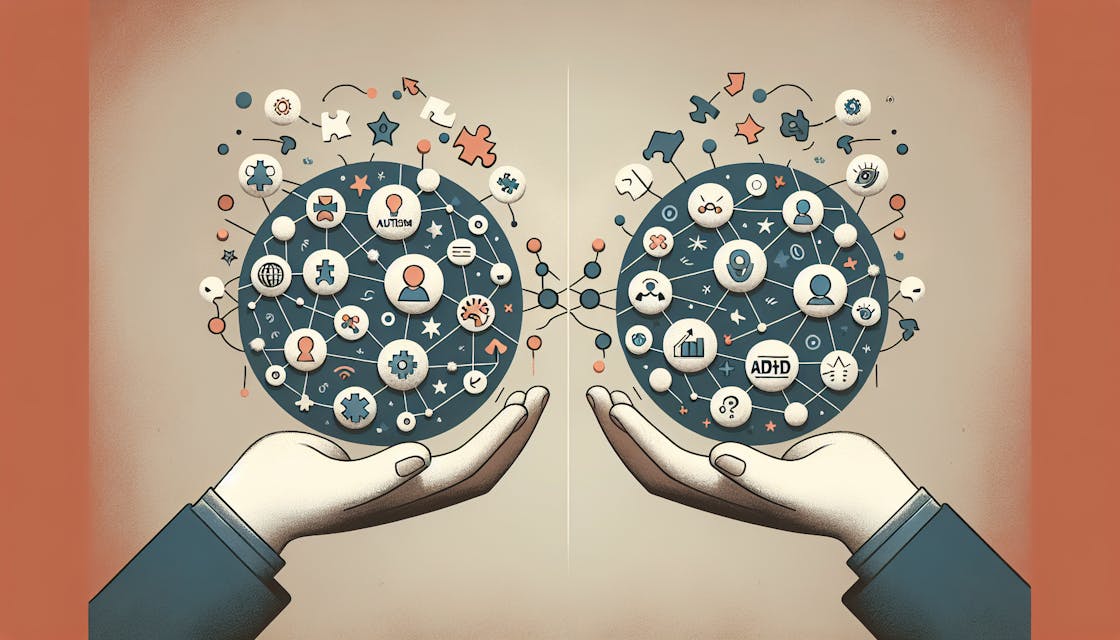
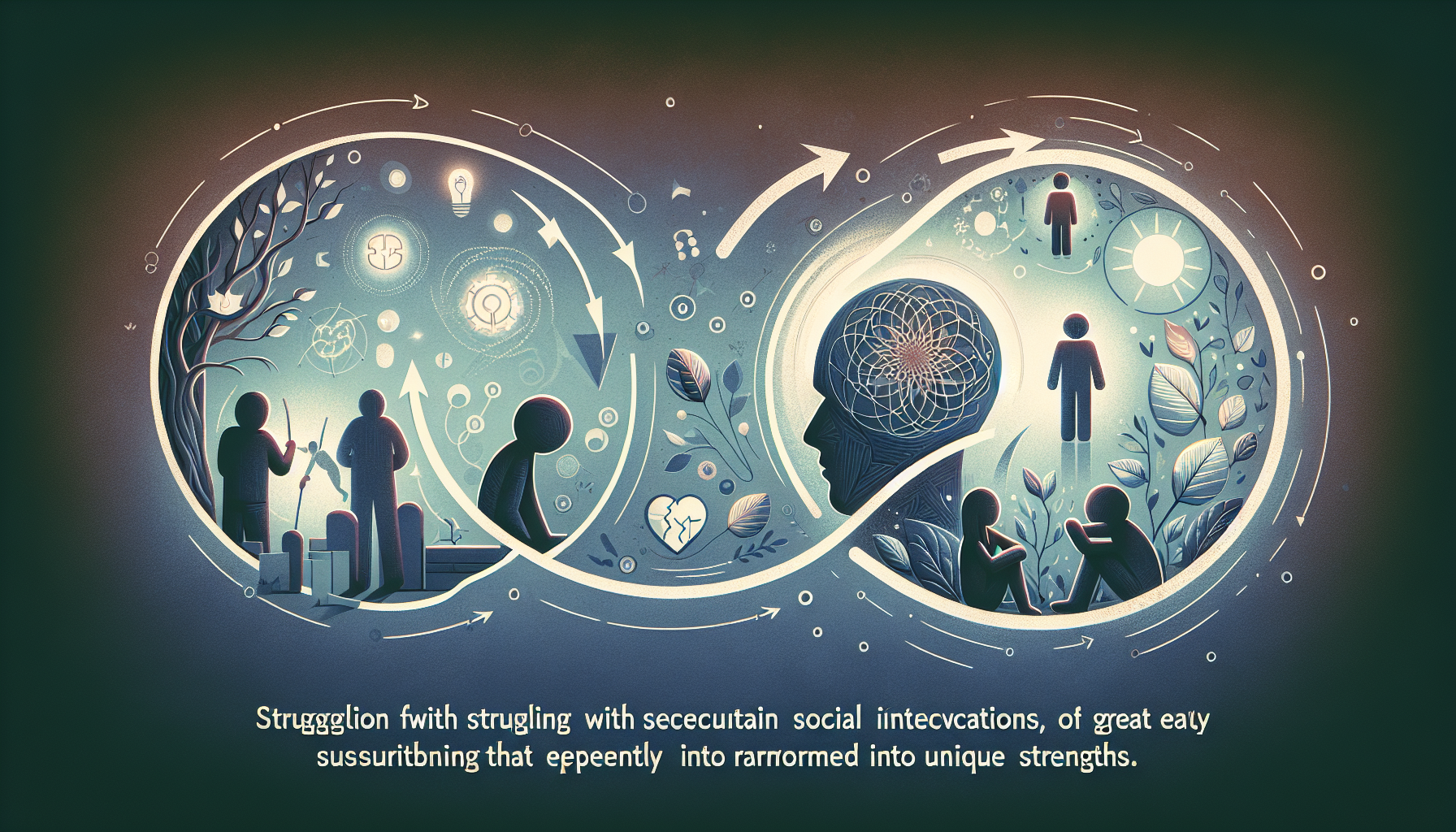

.jpeg)
.jpeg)
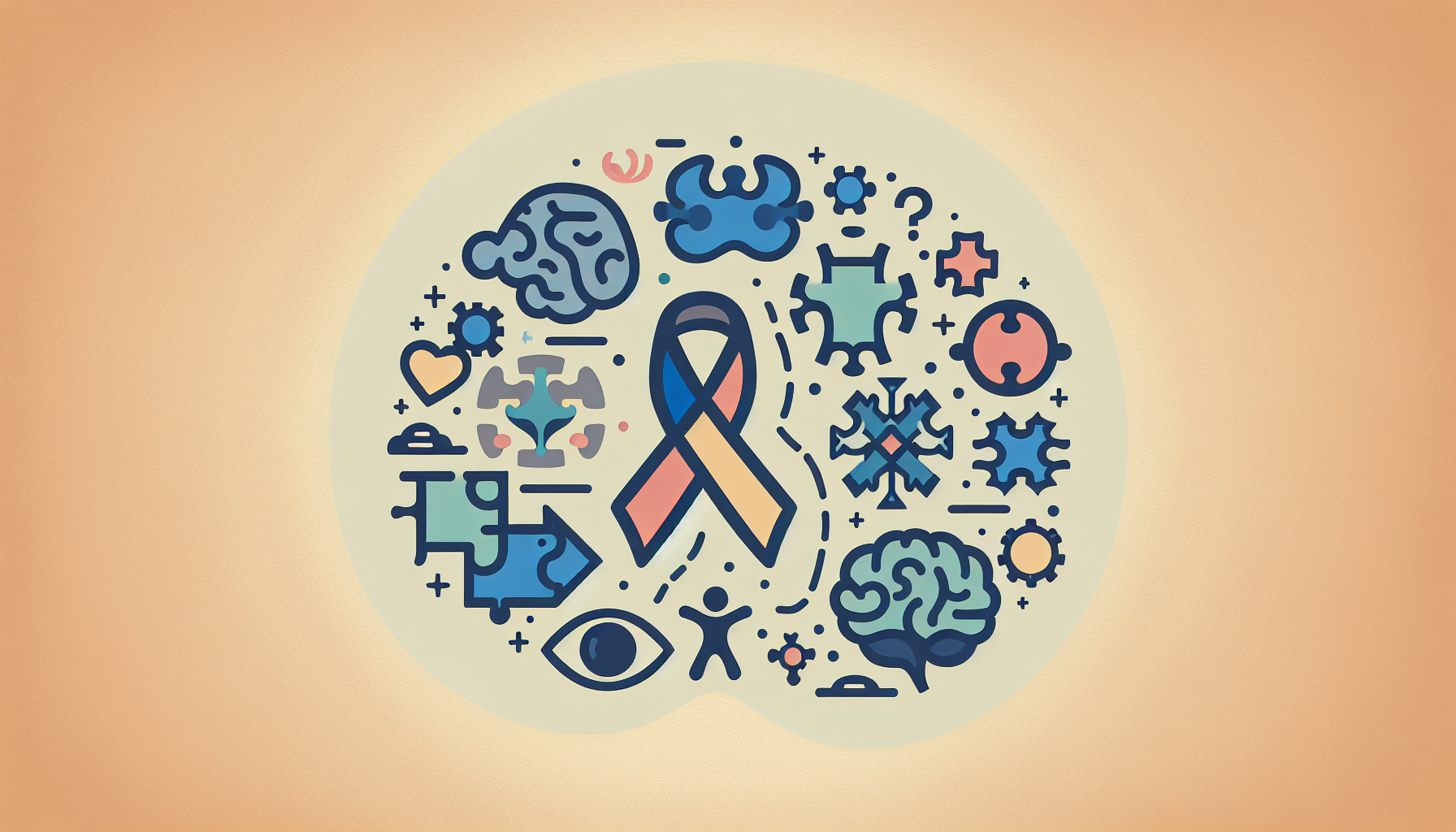
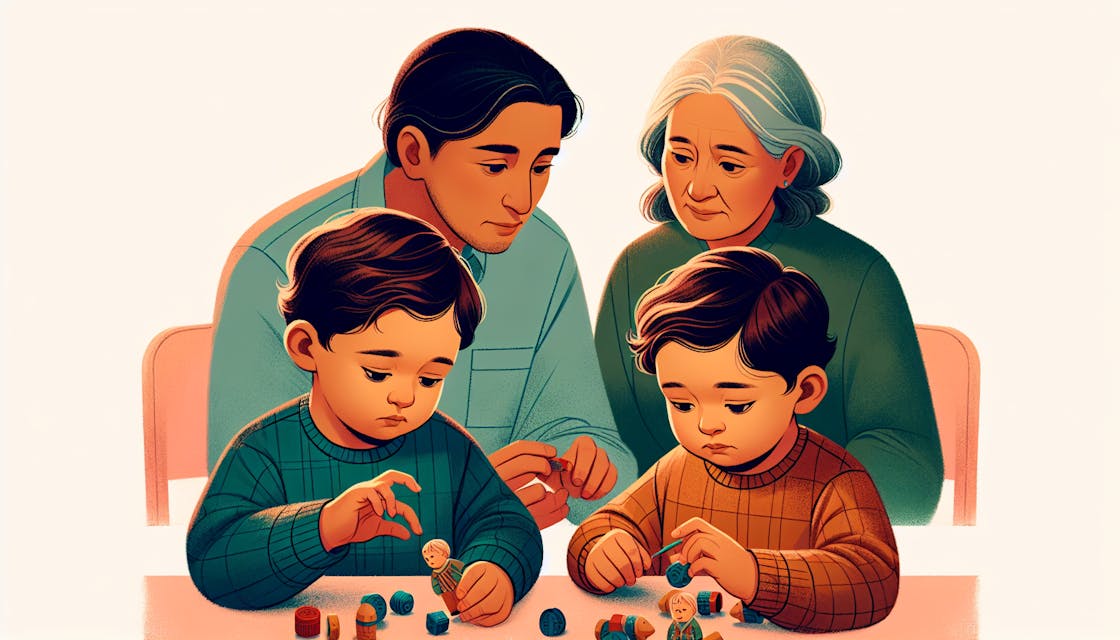

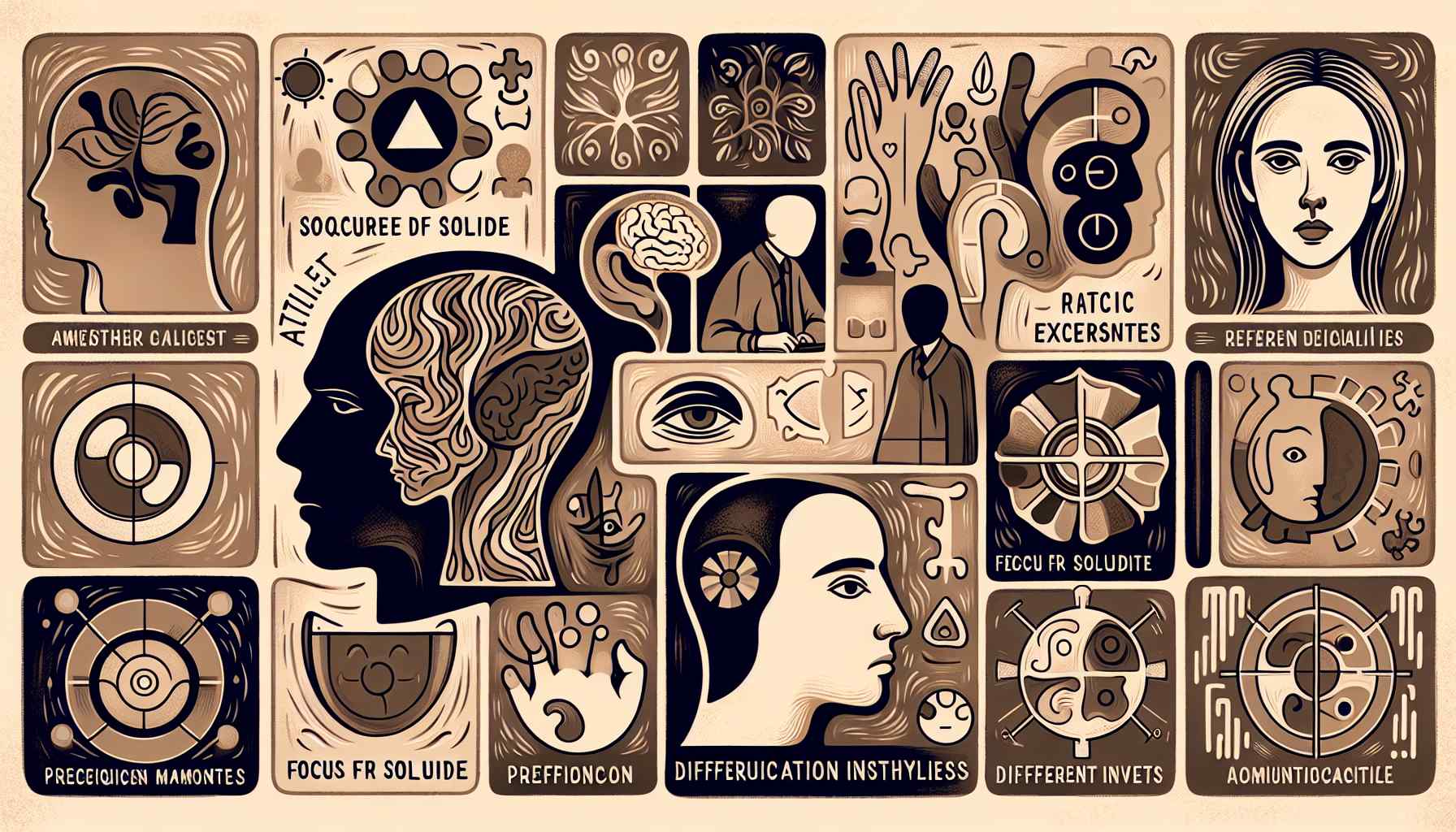



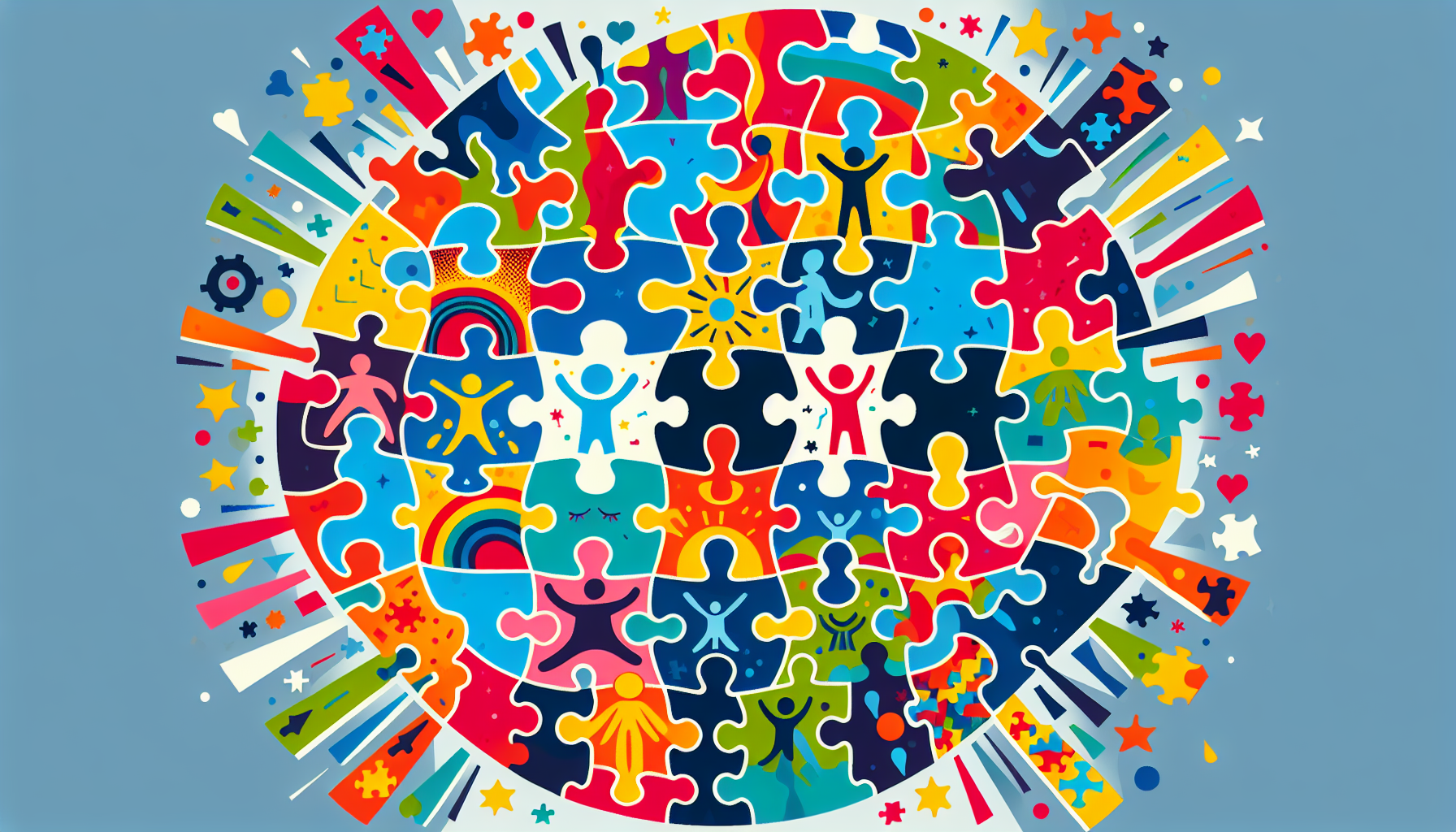
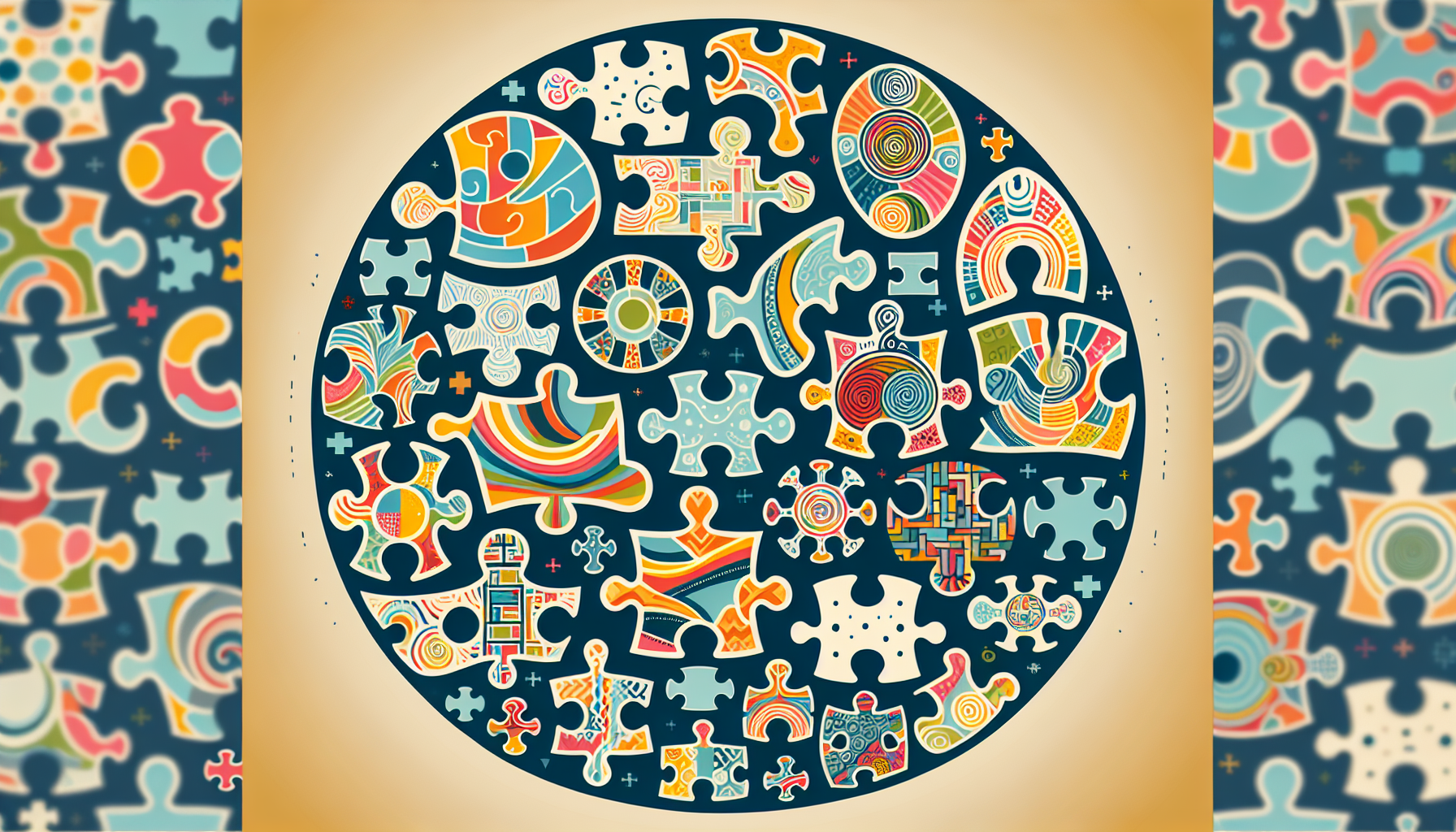


.jpeg)
